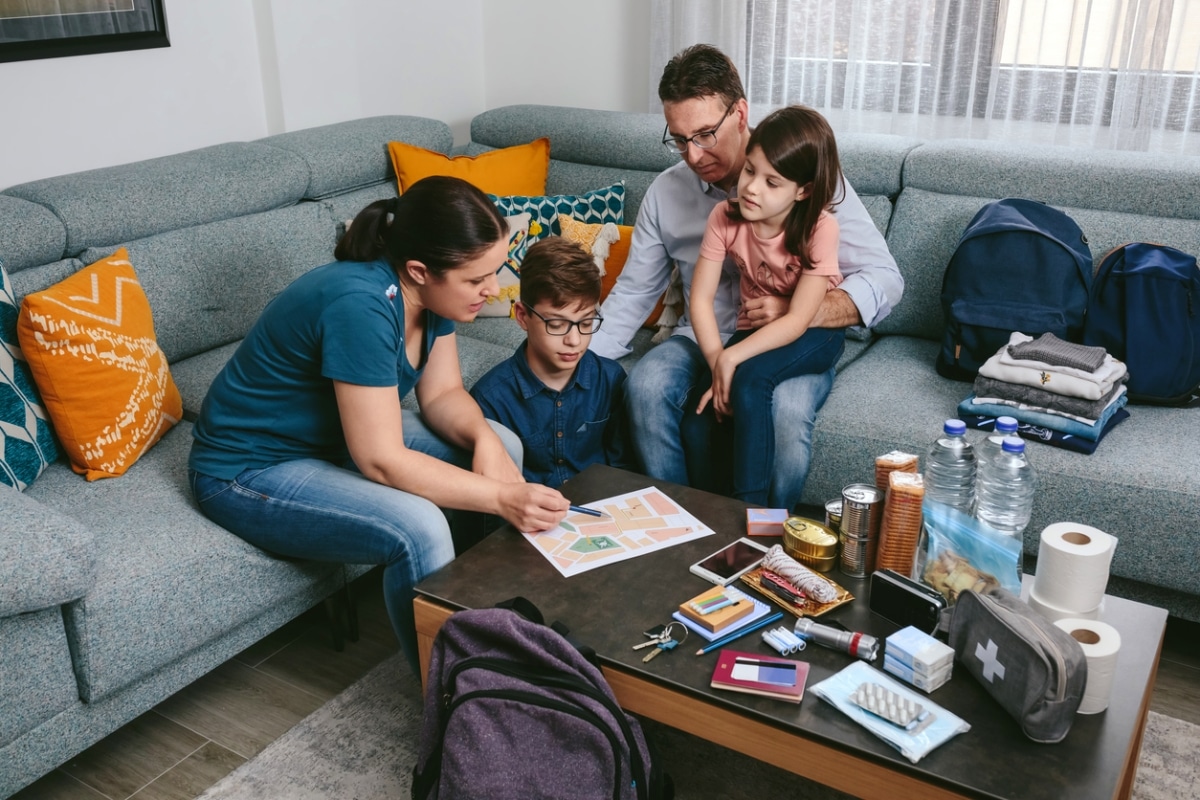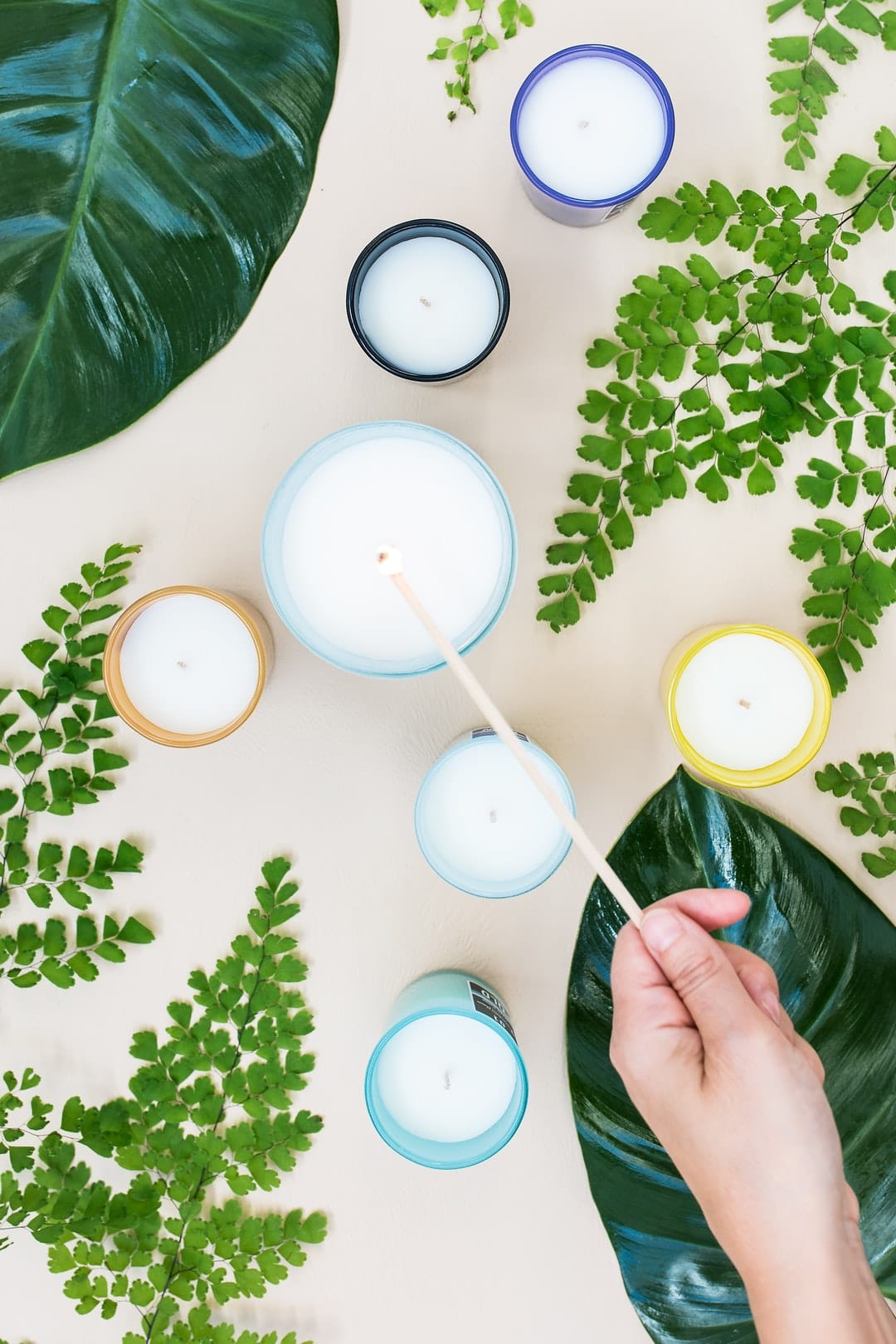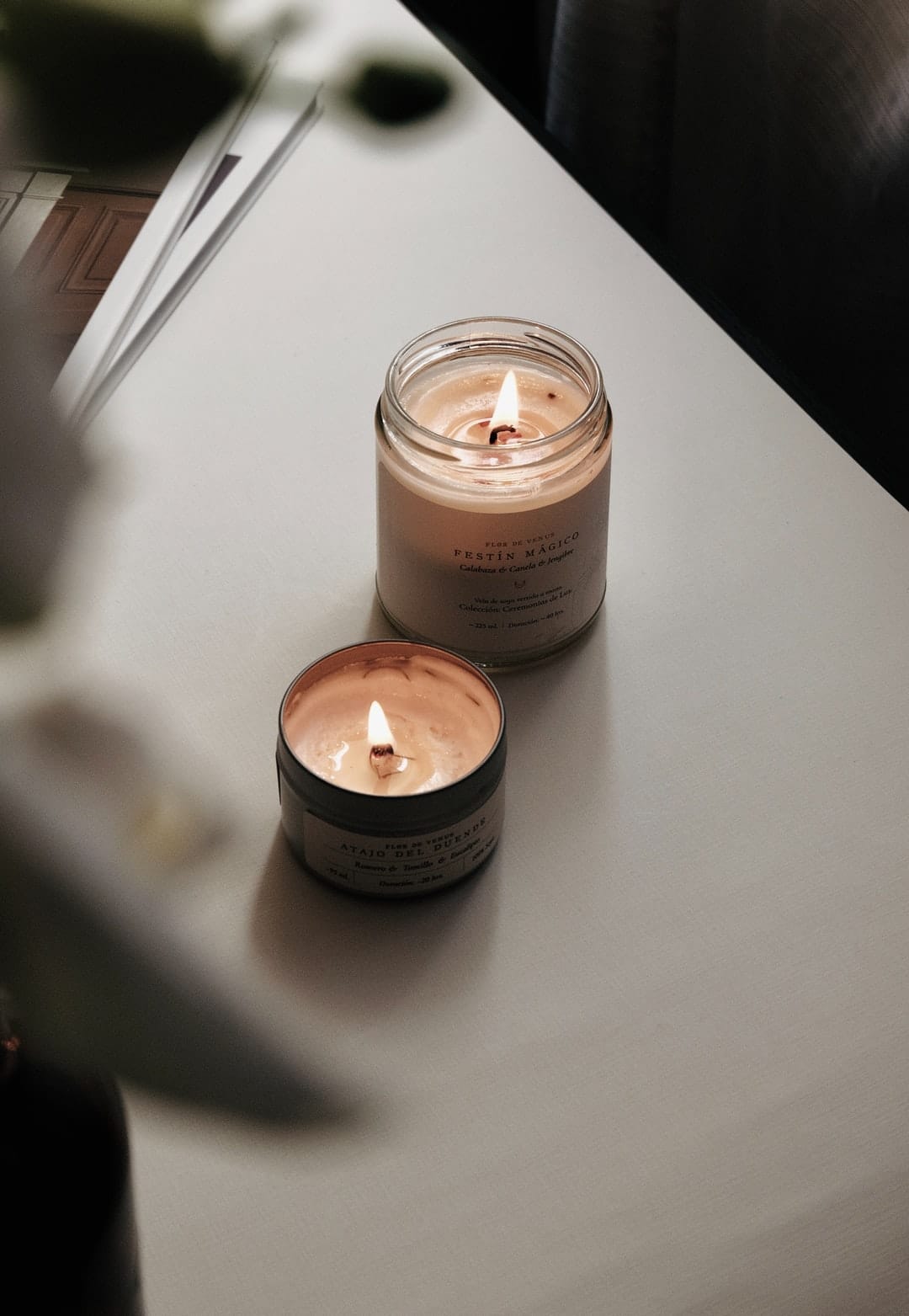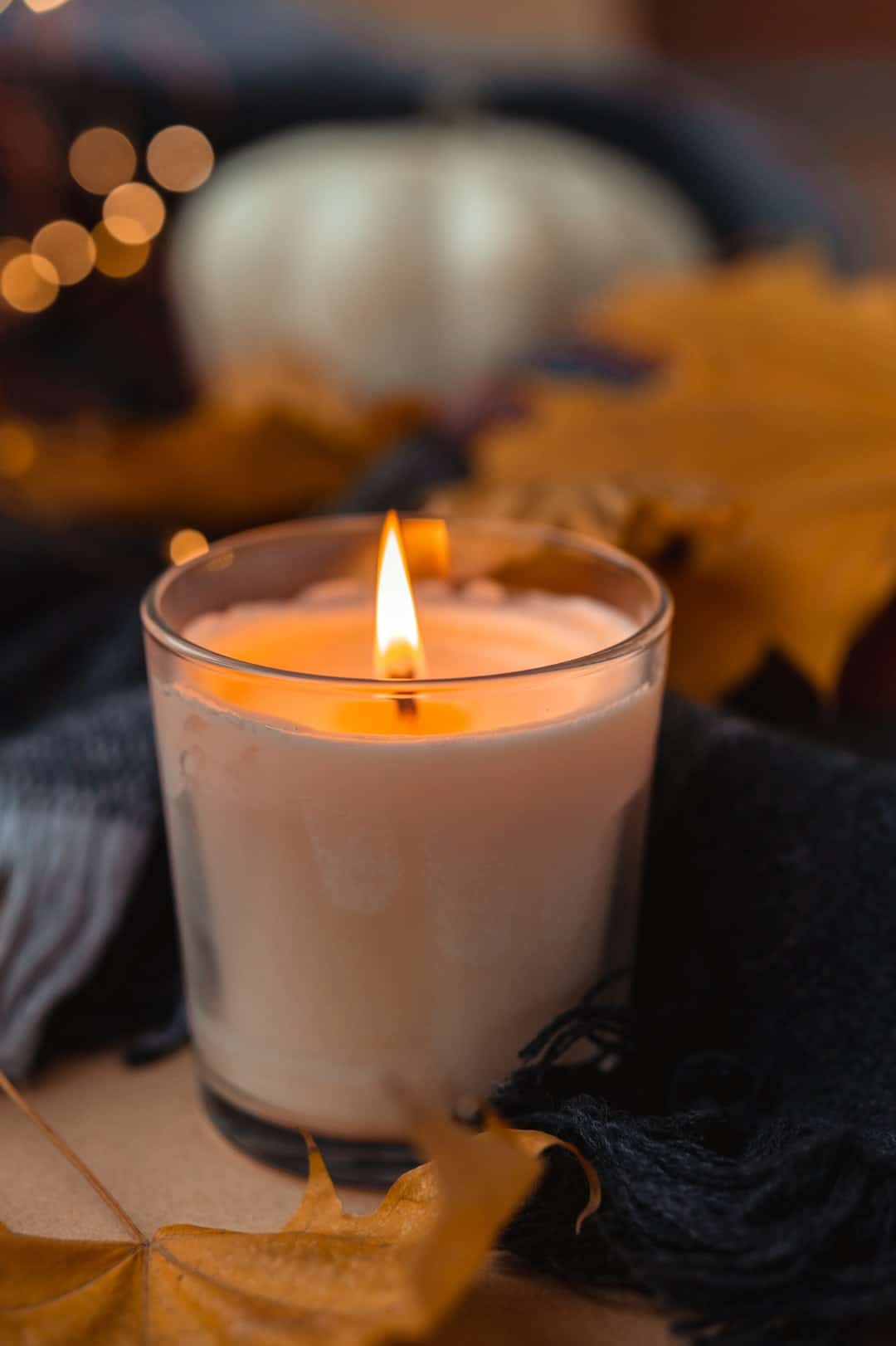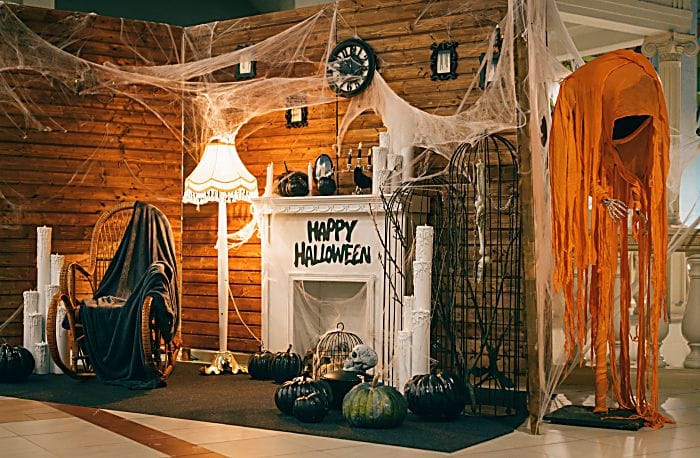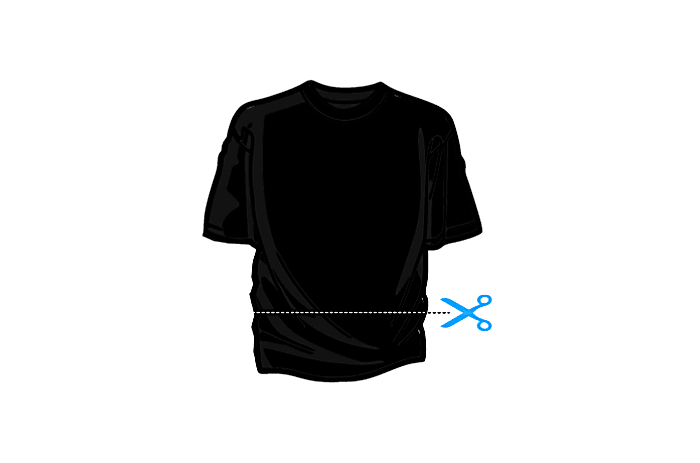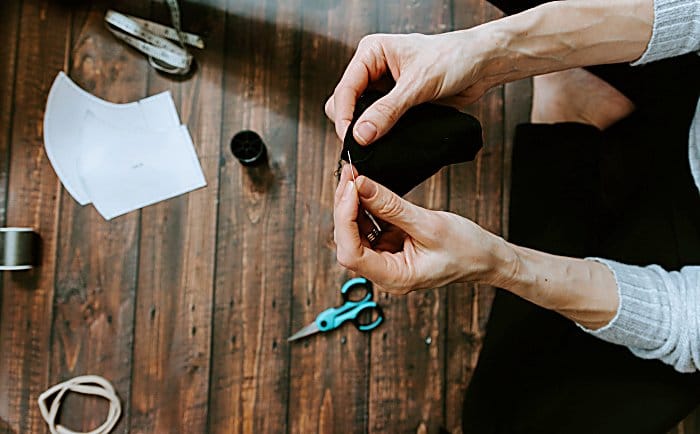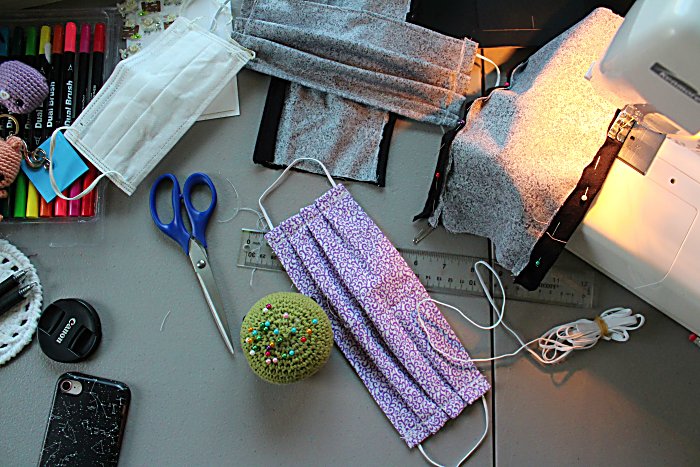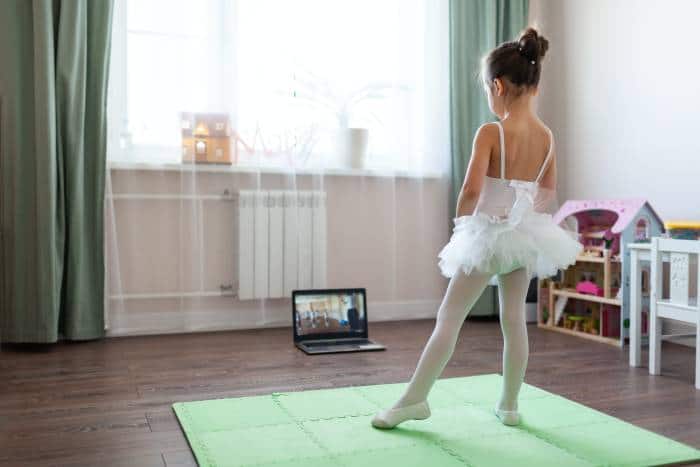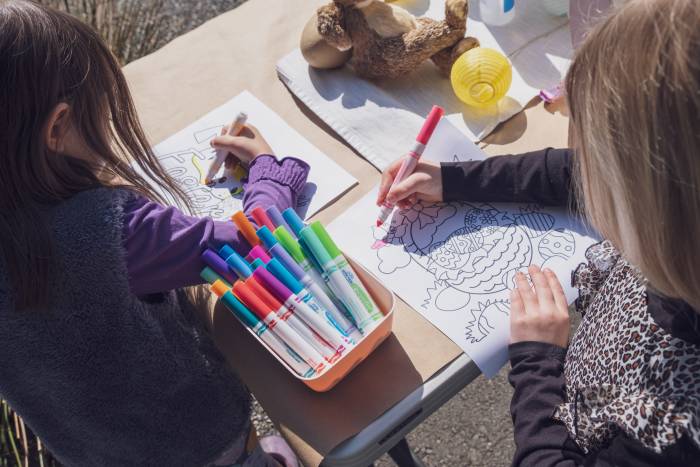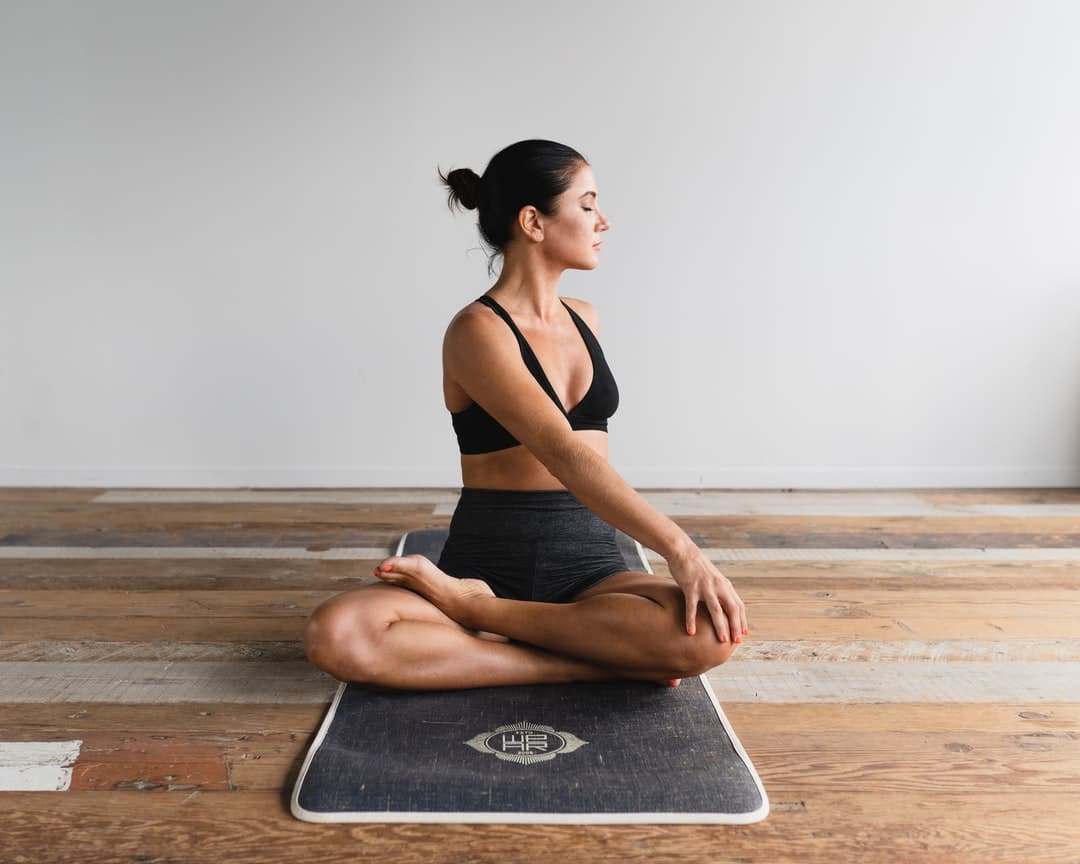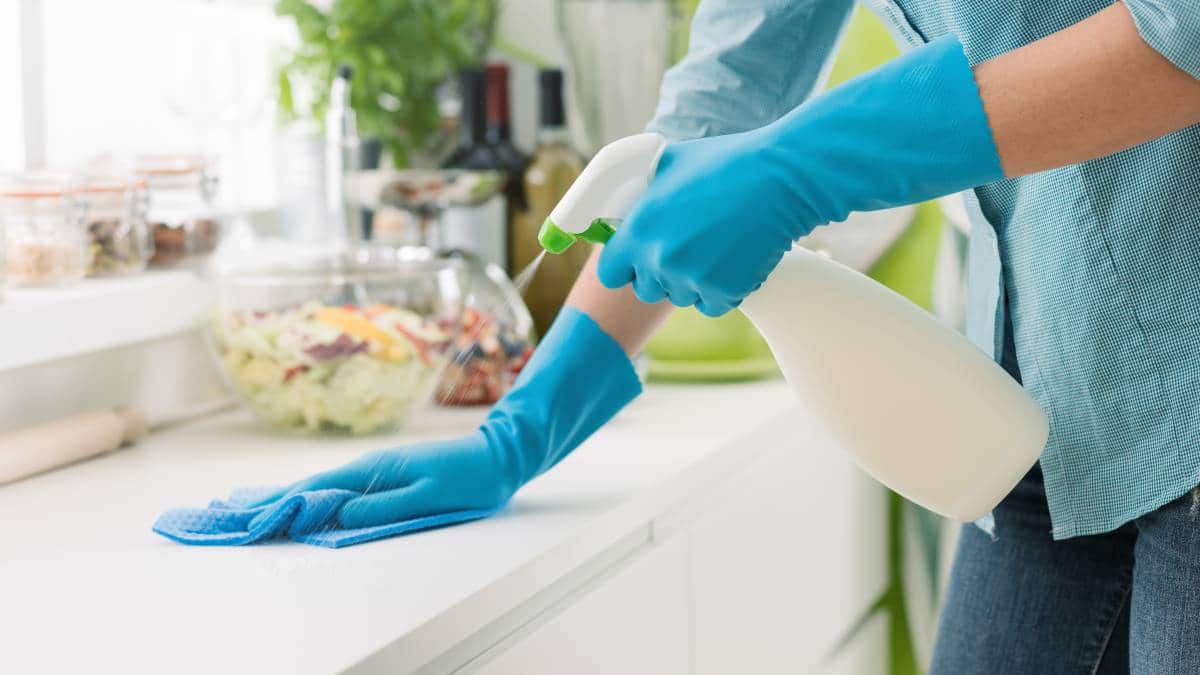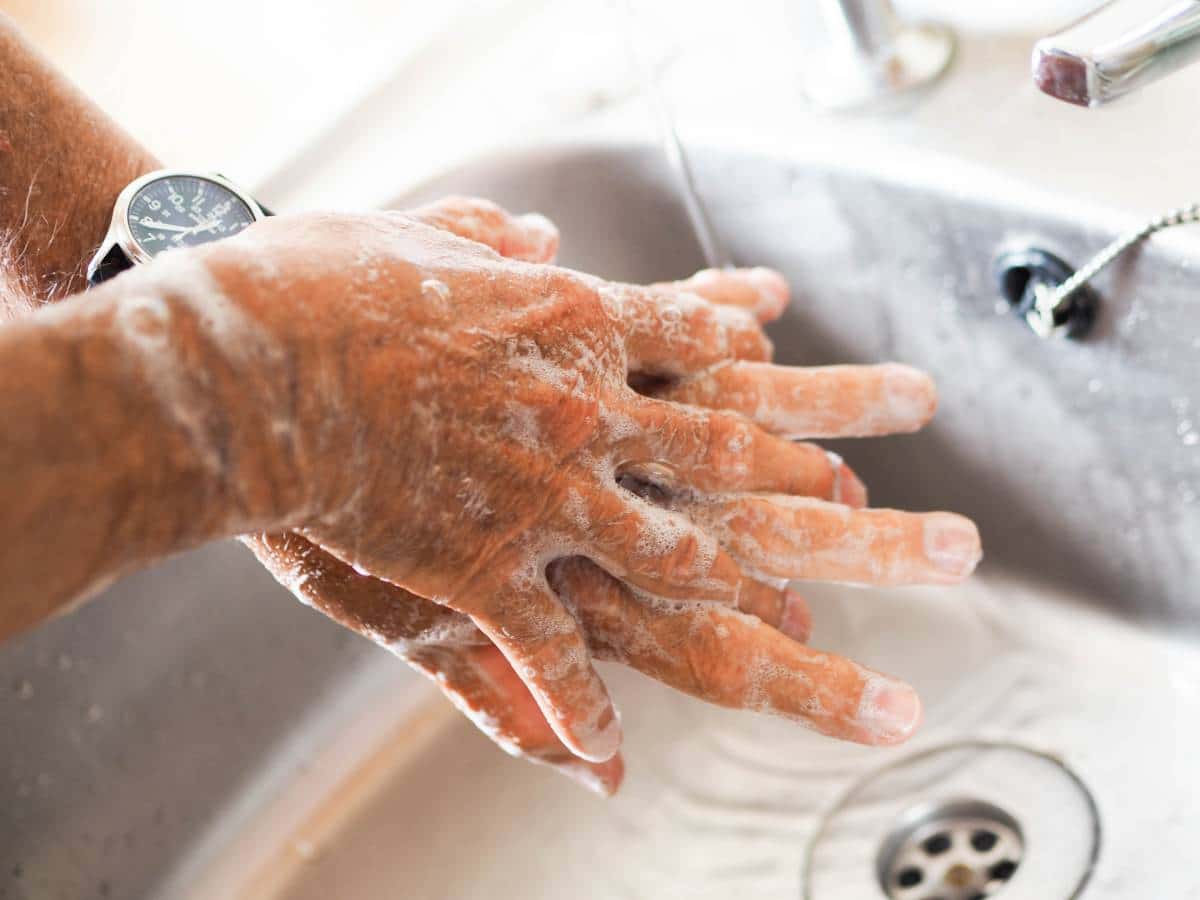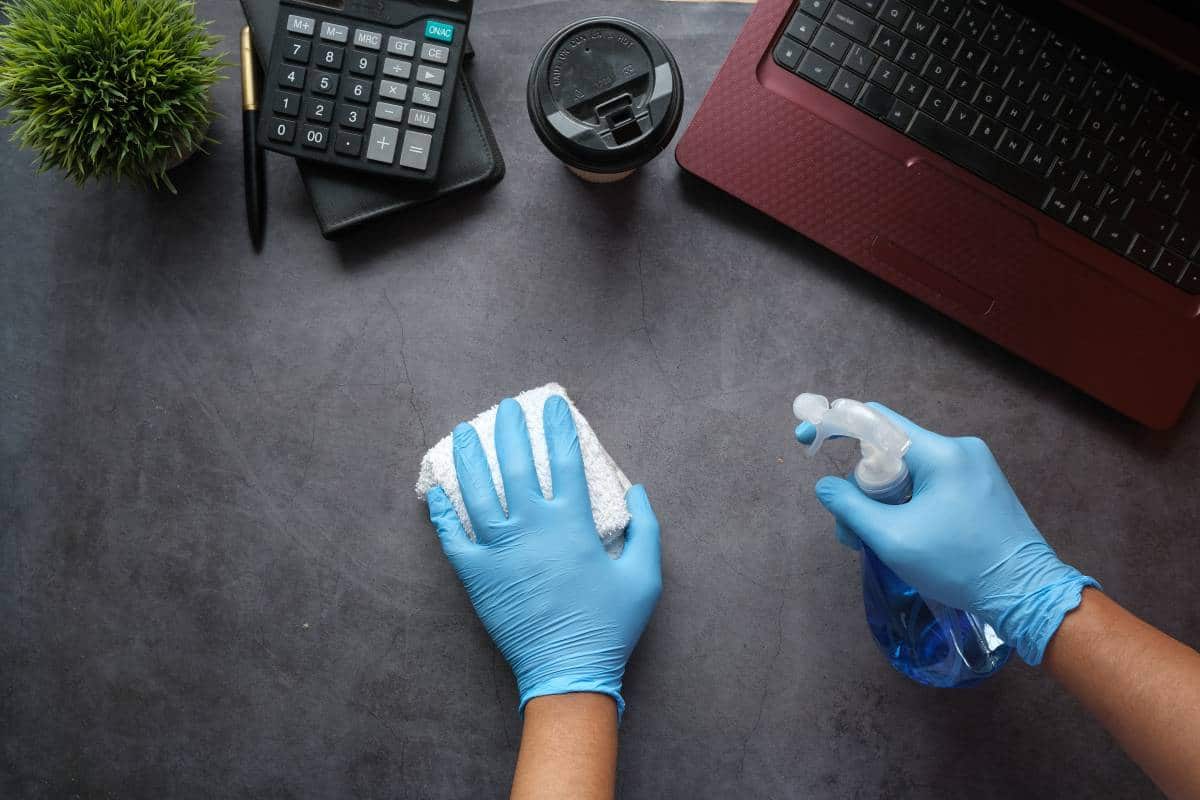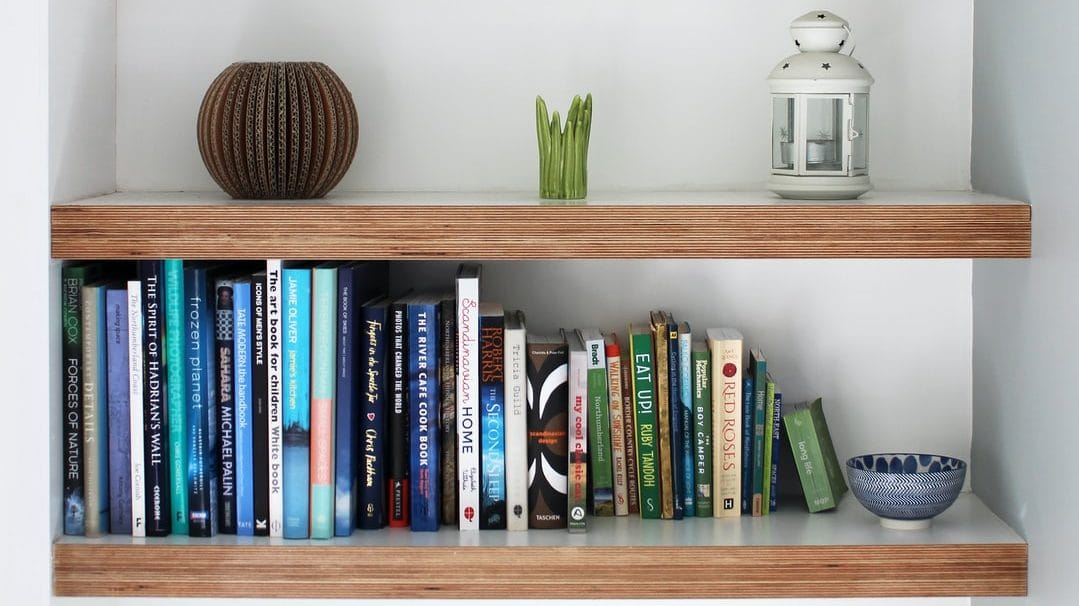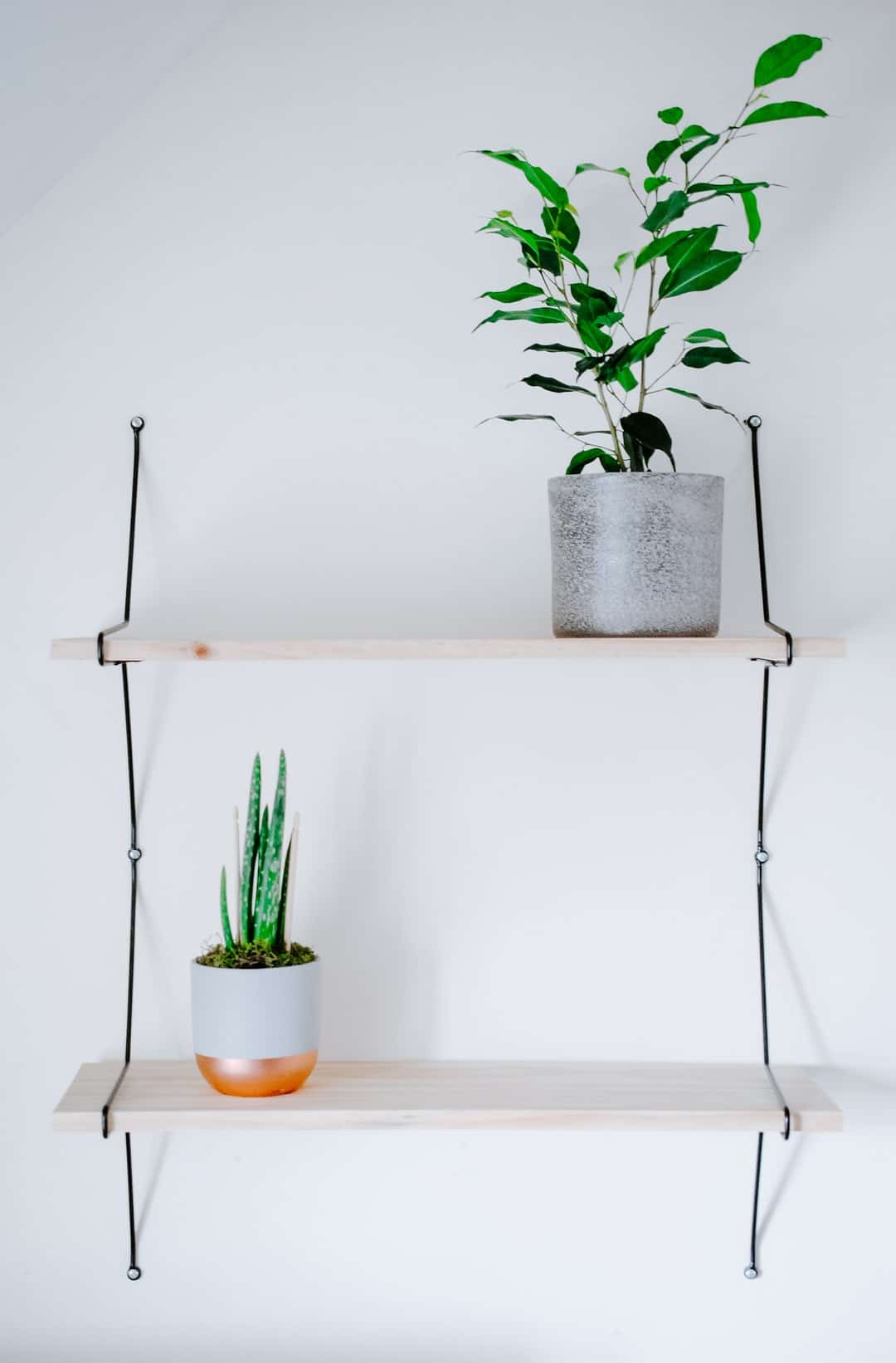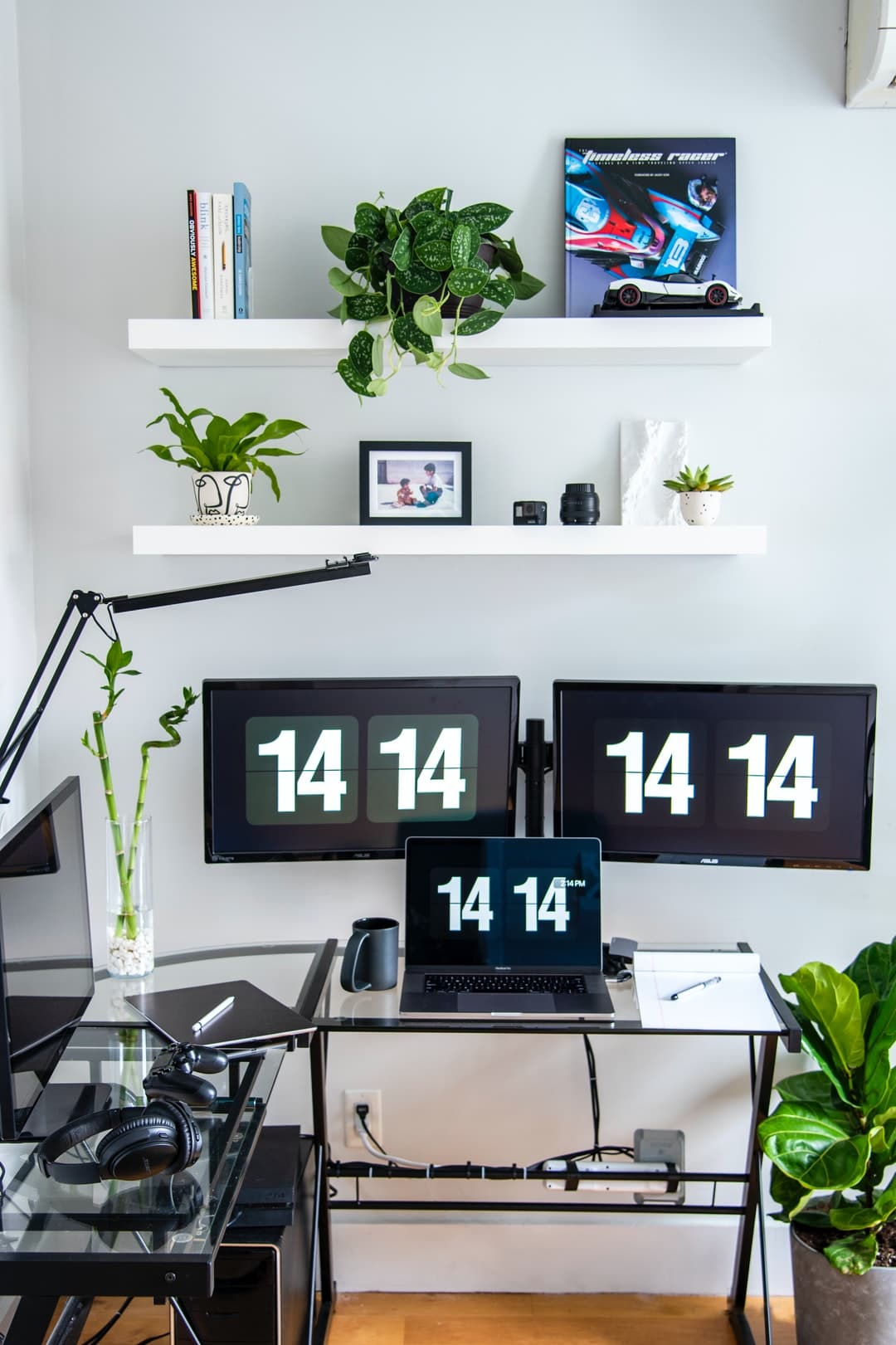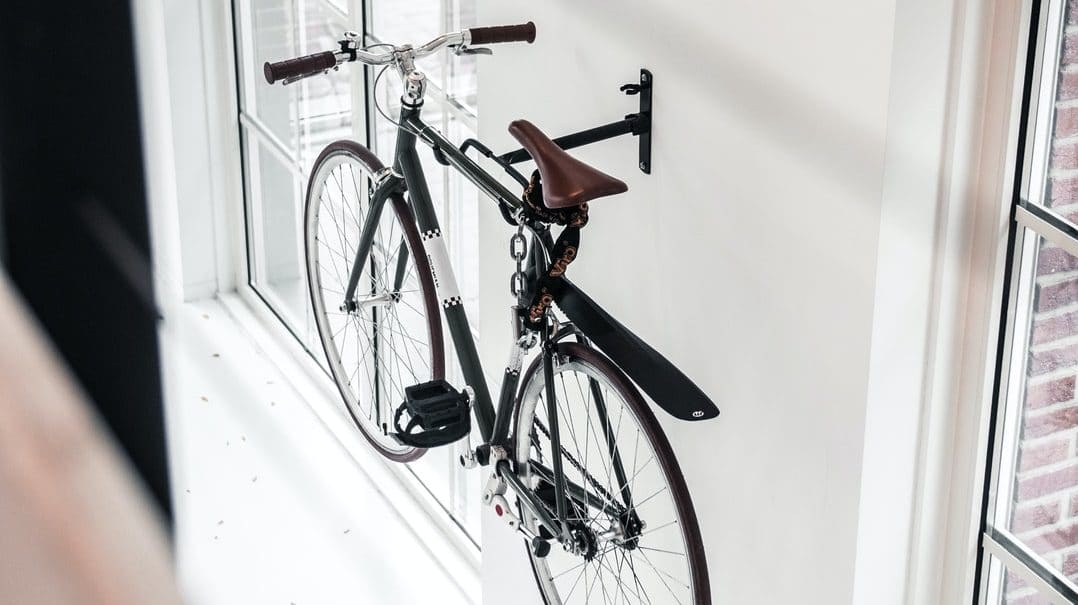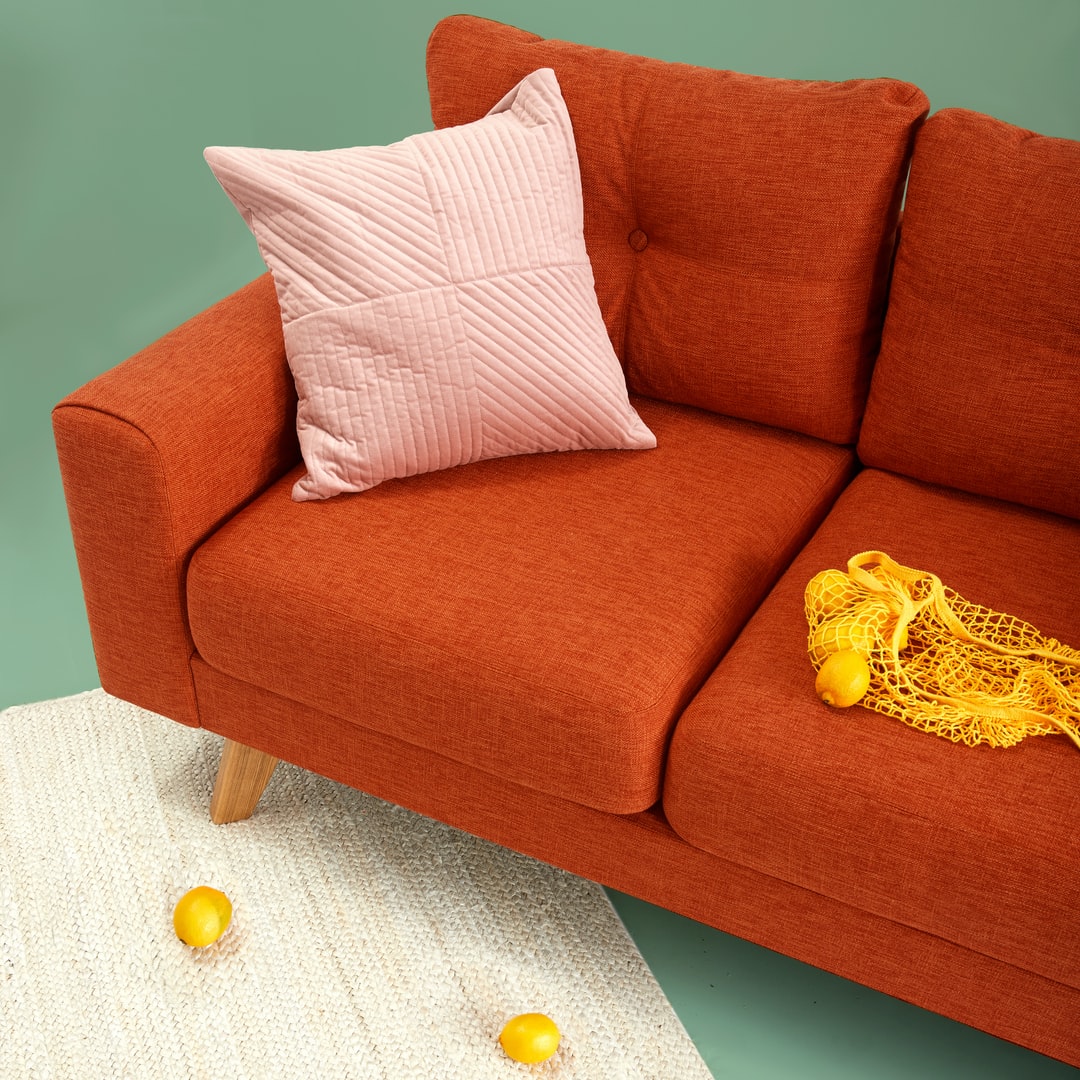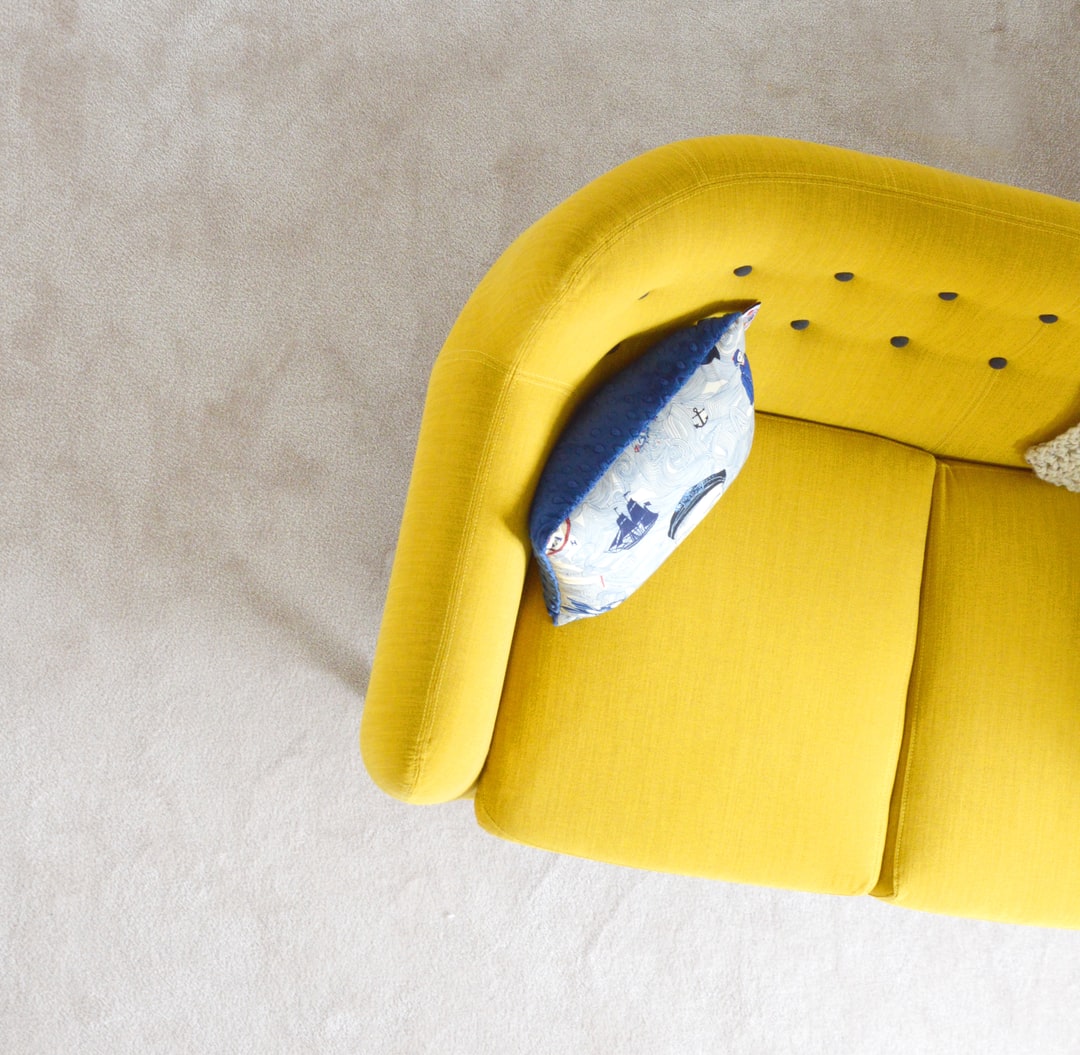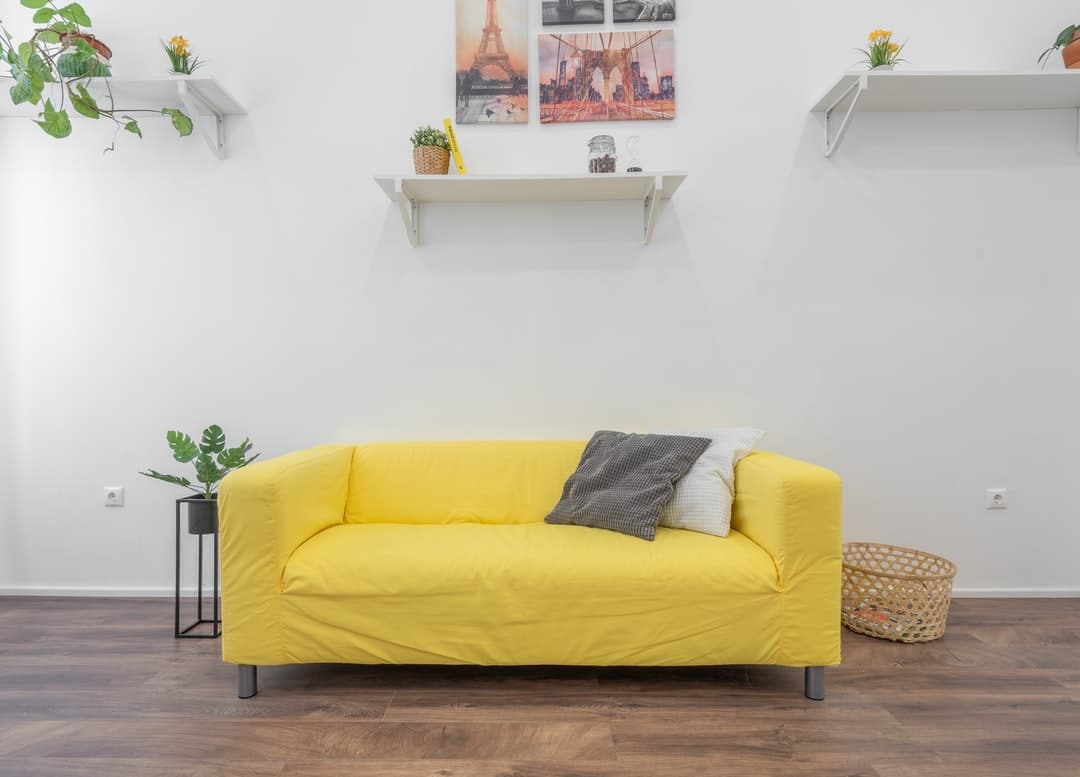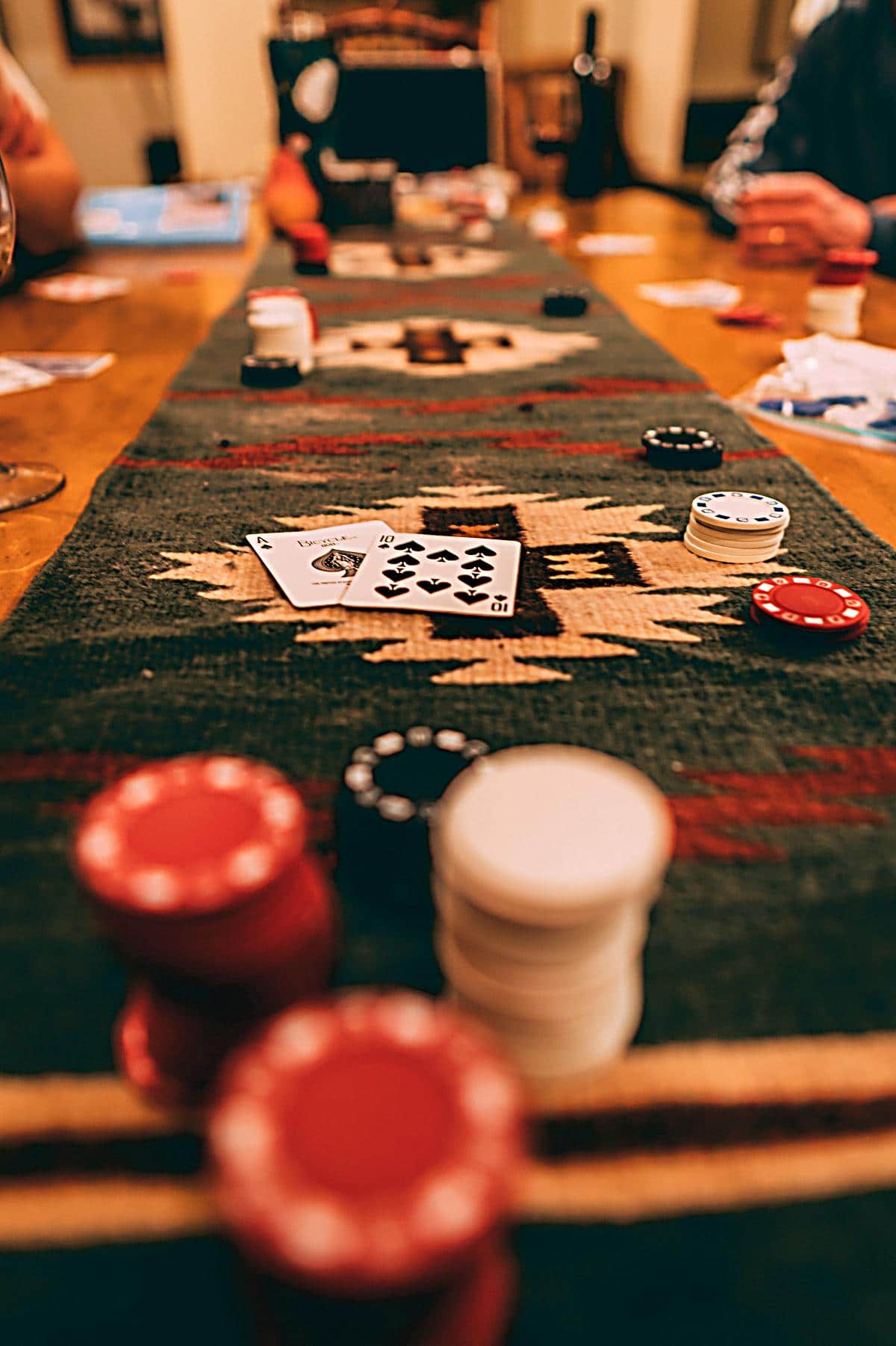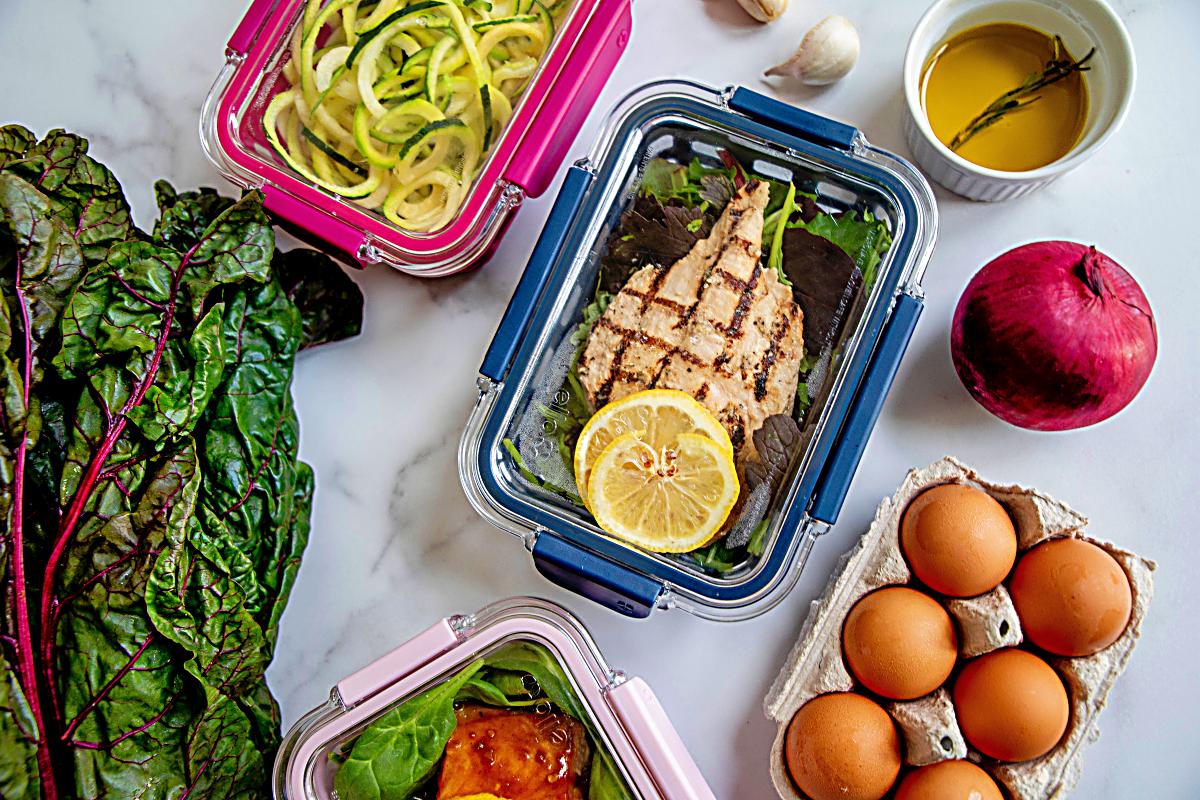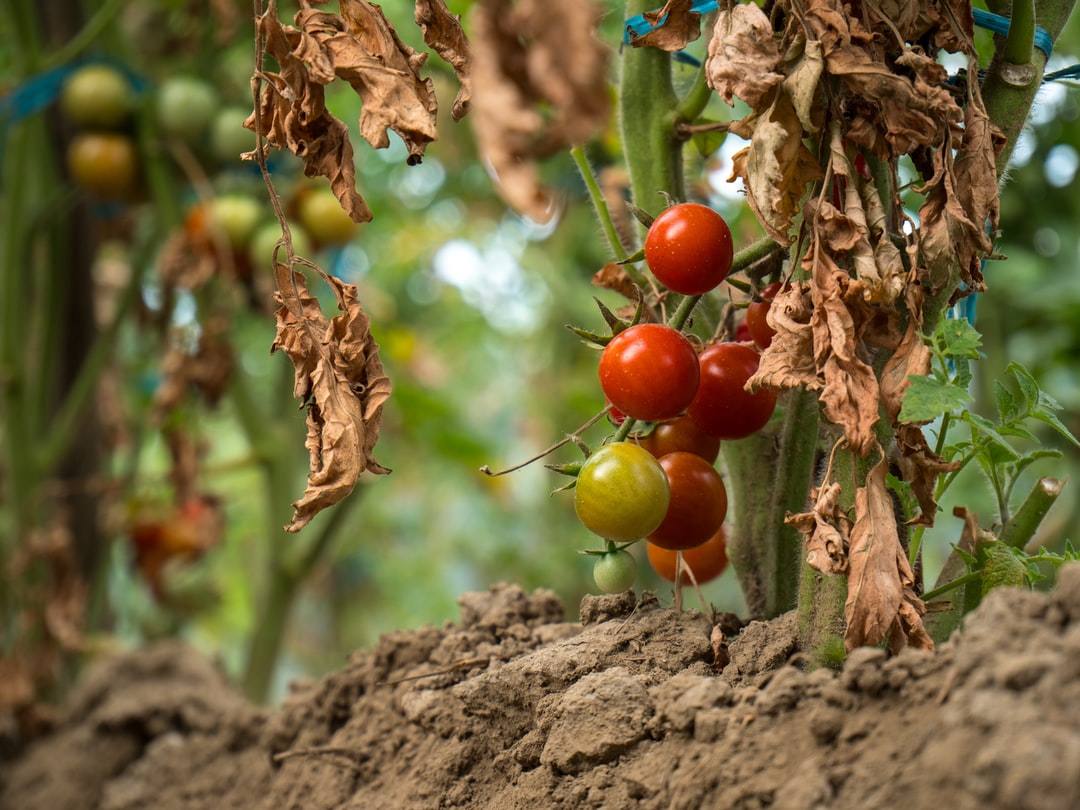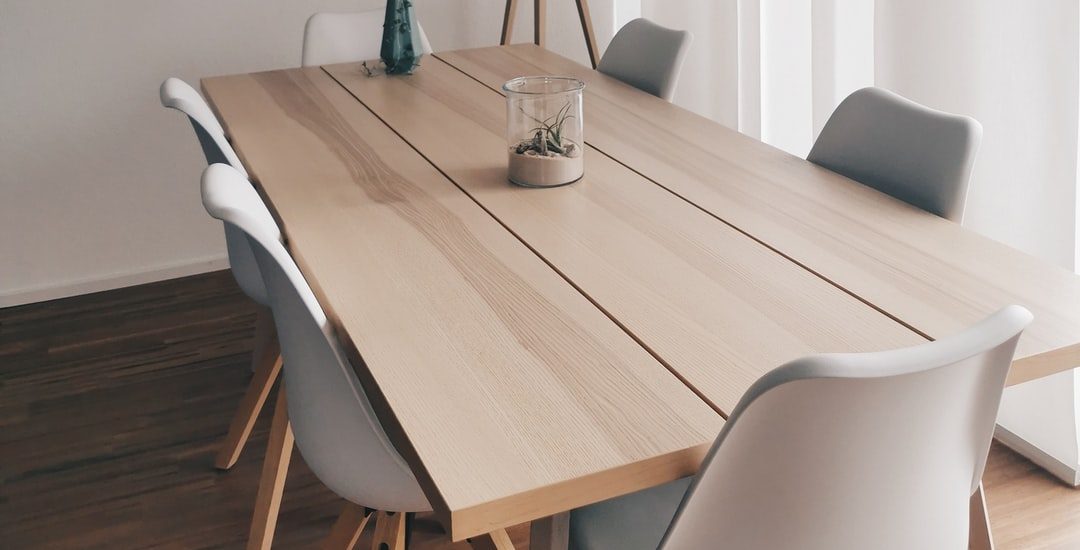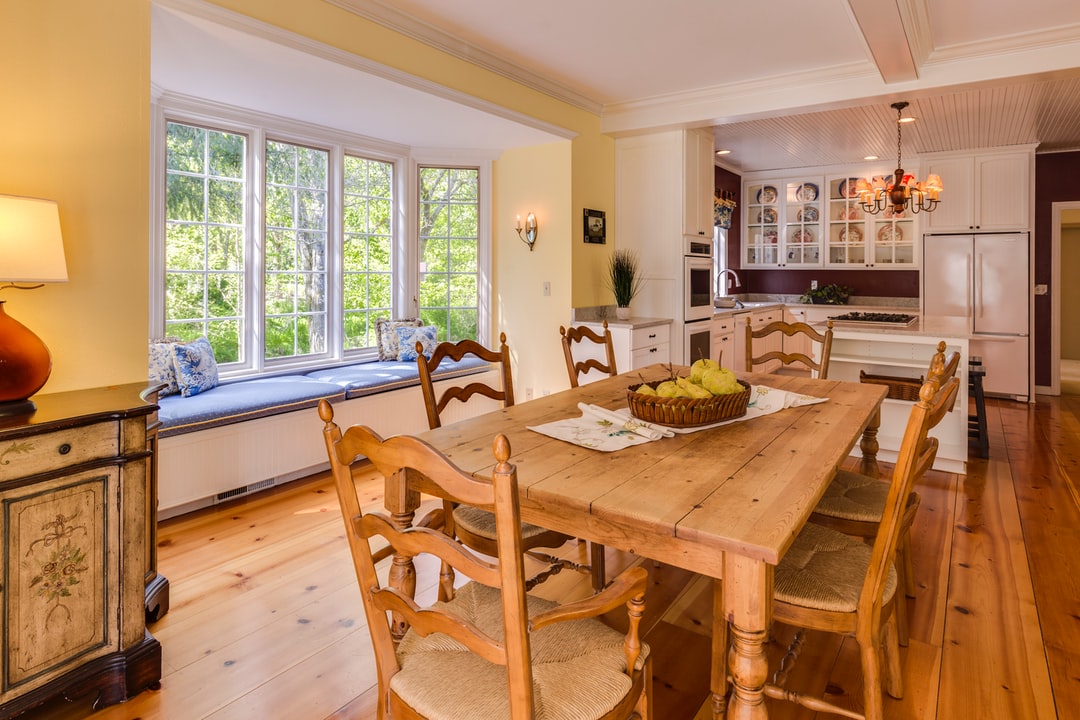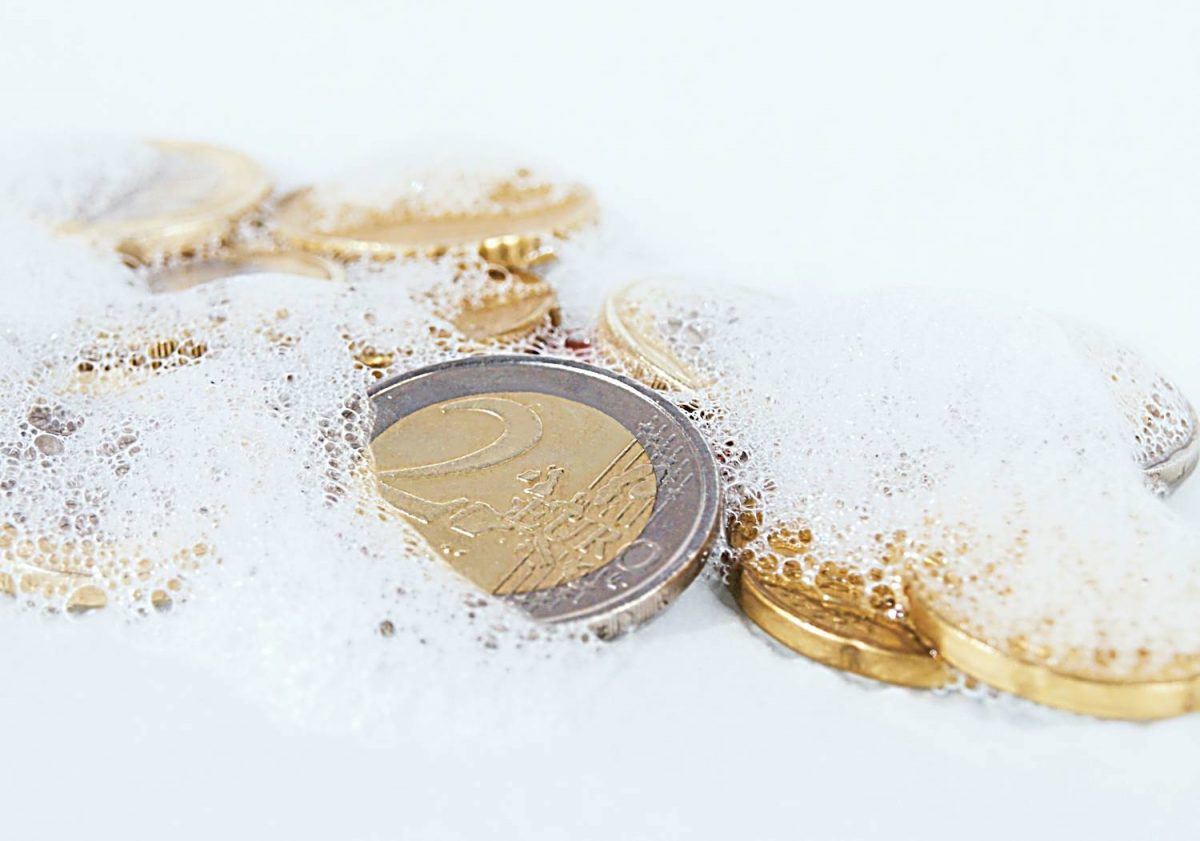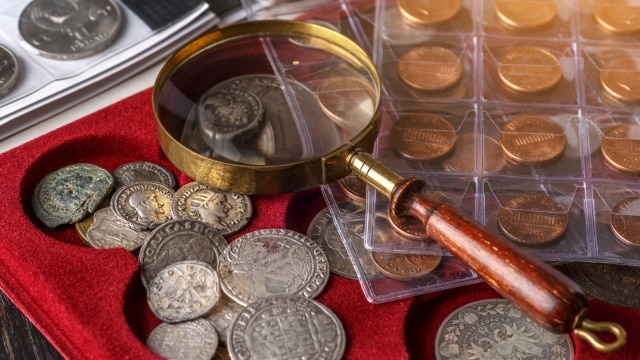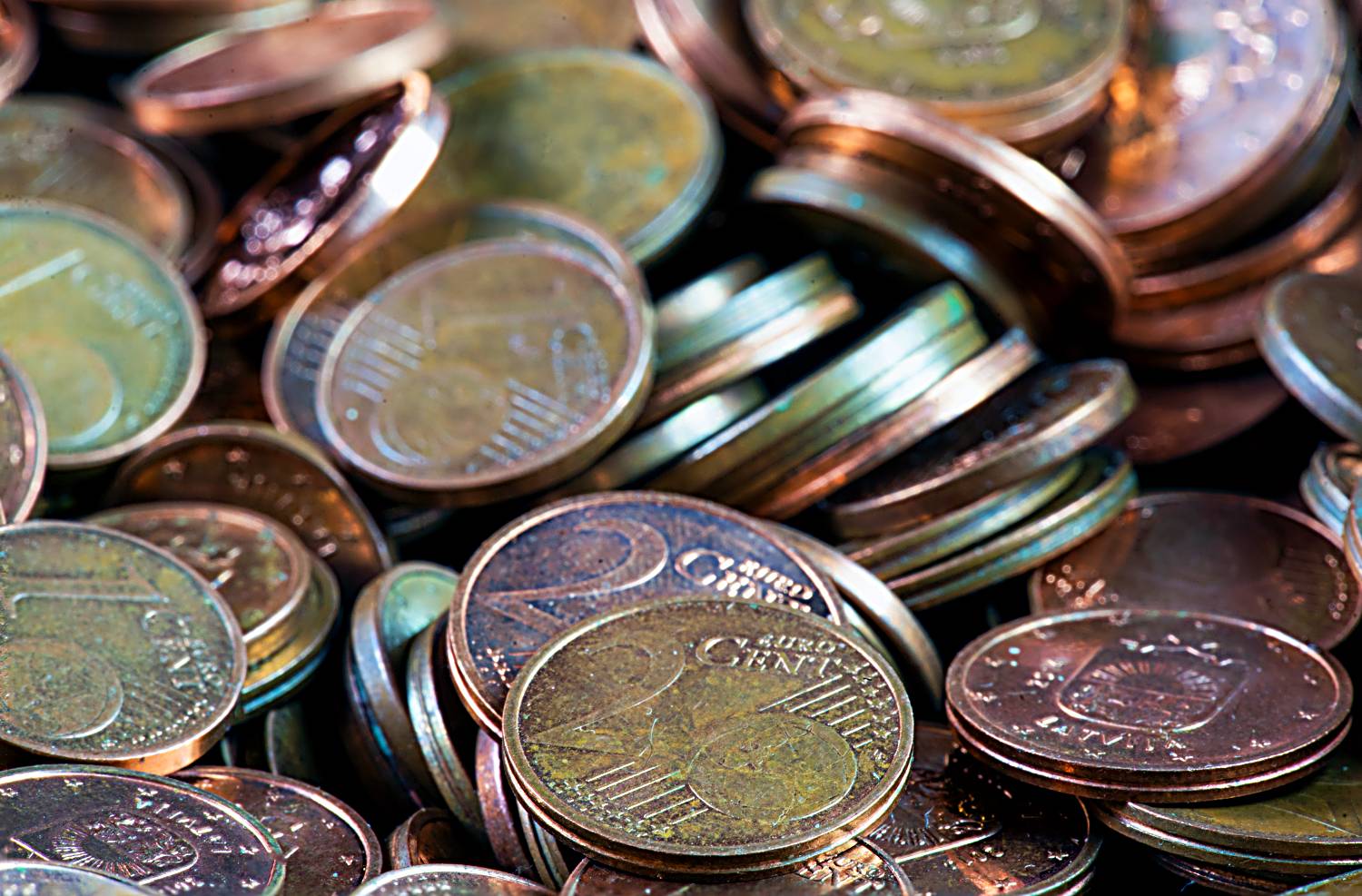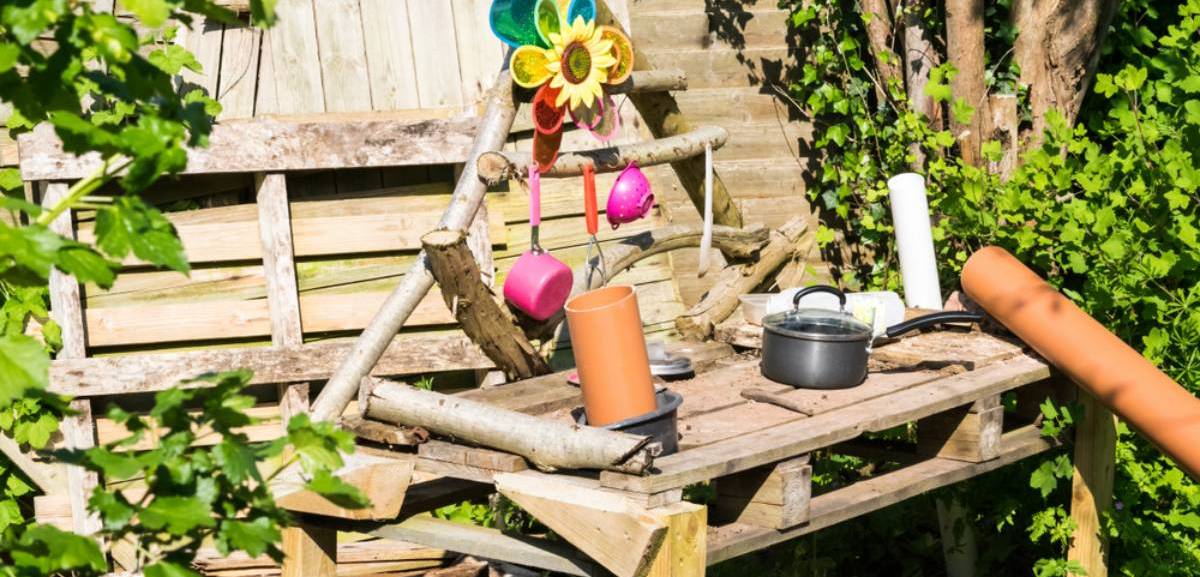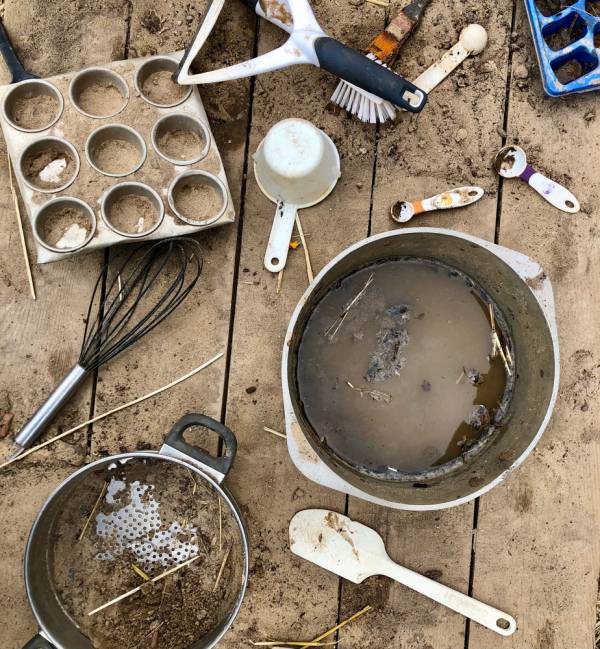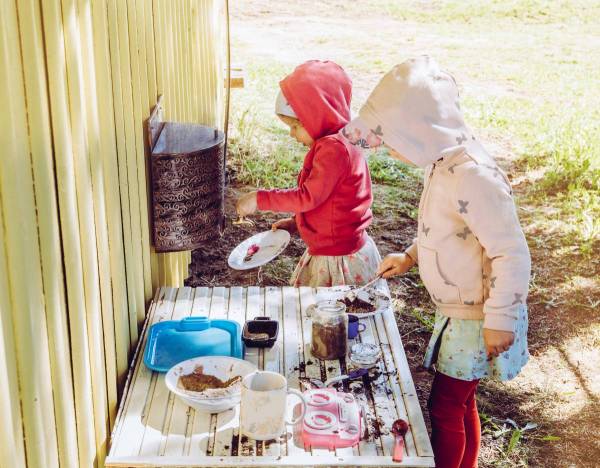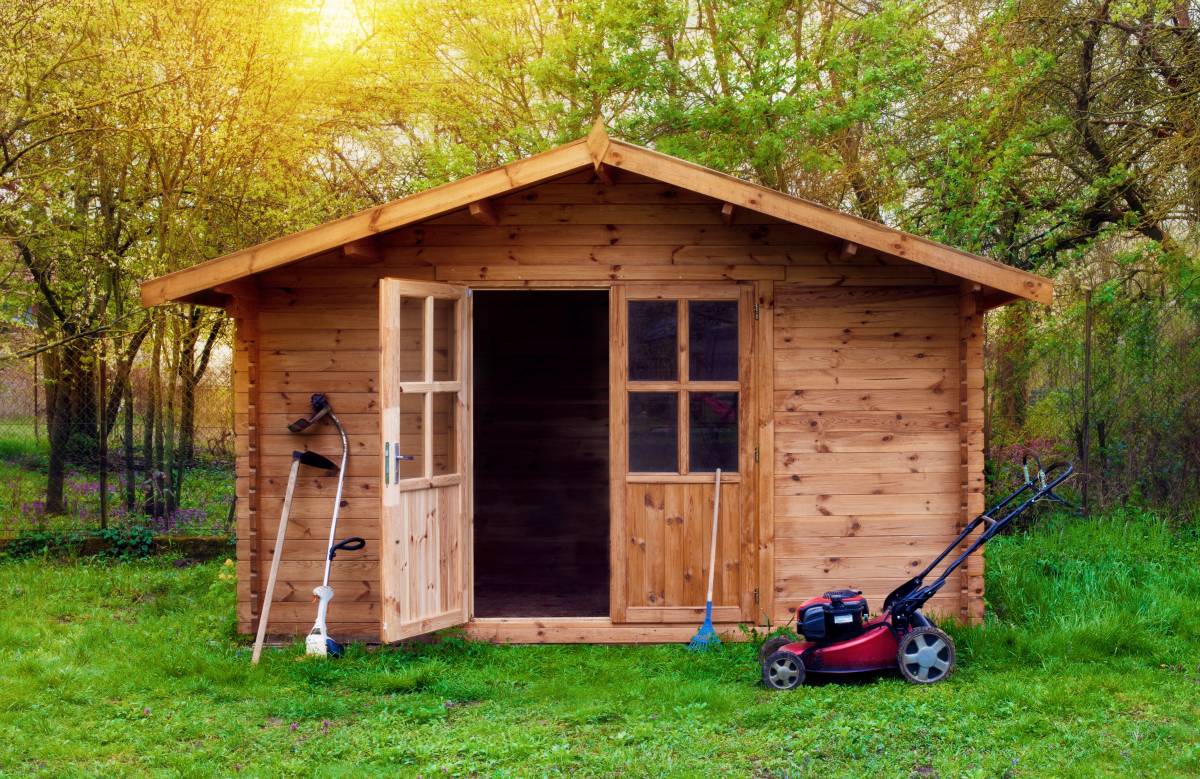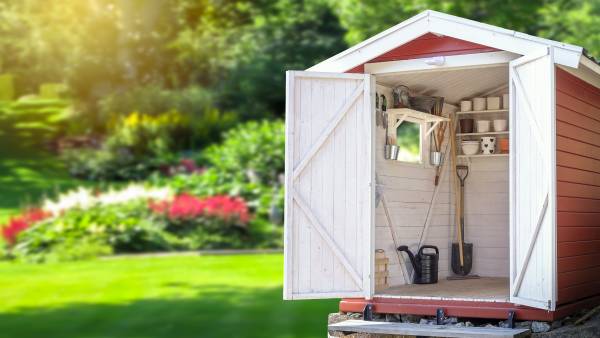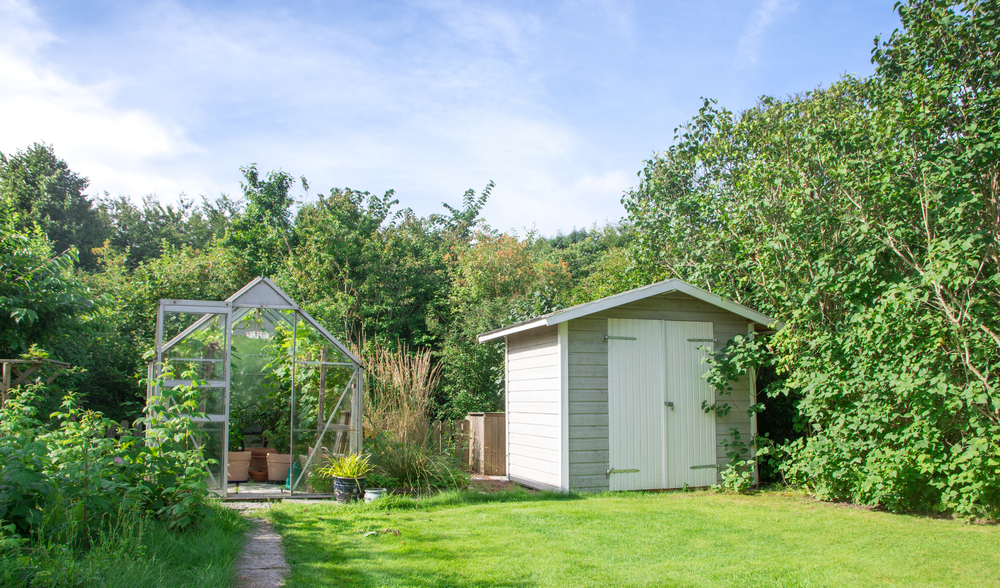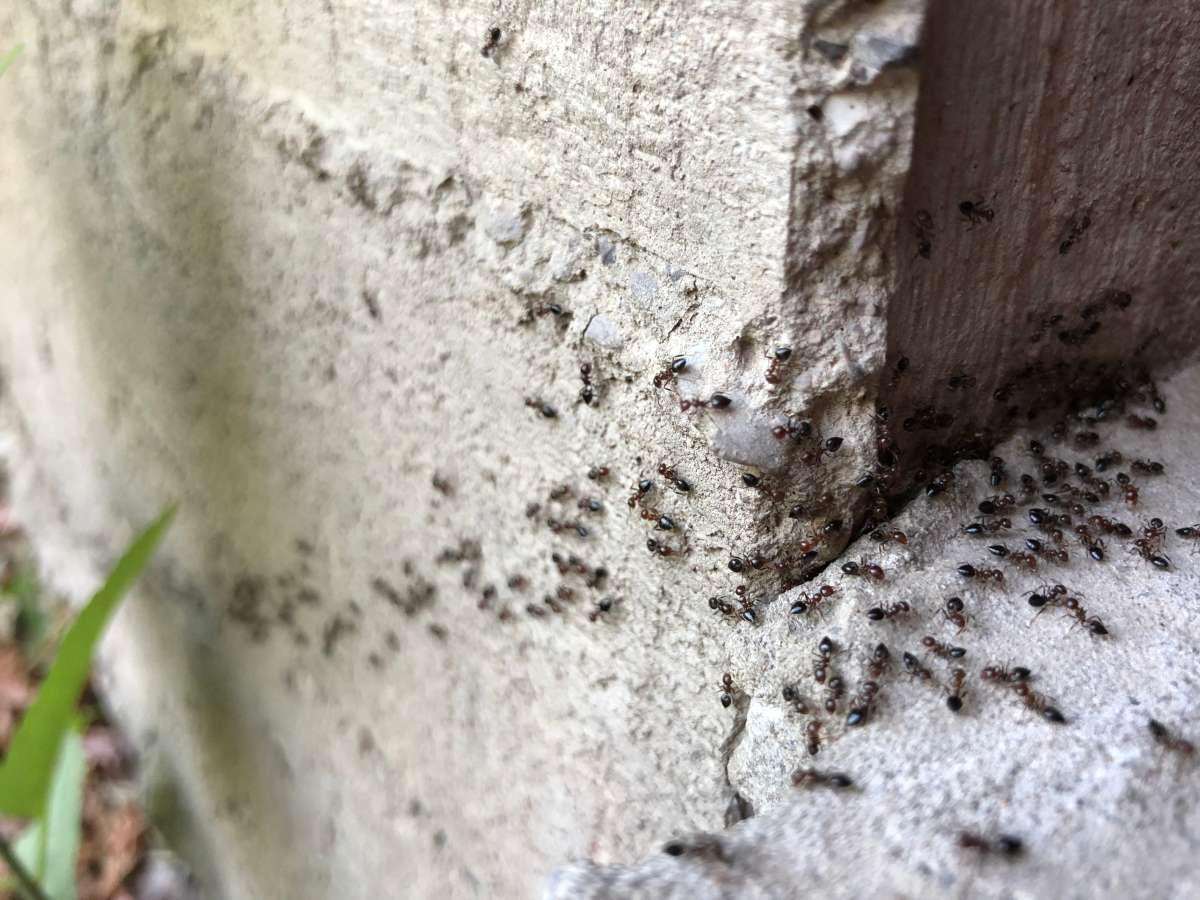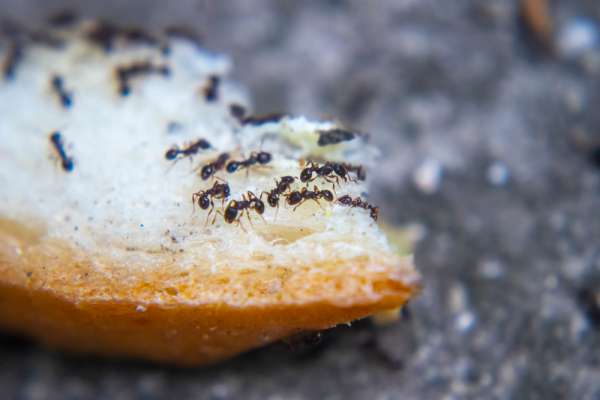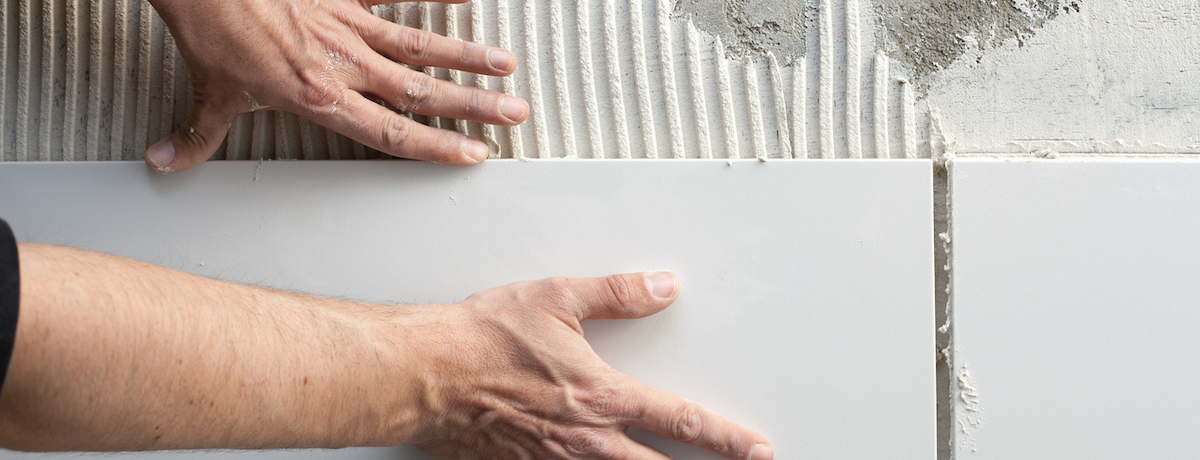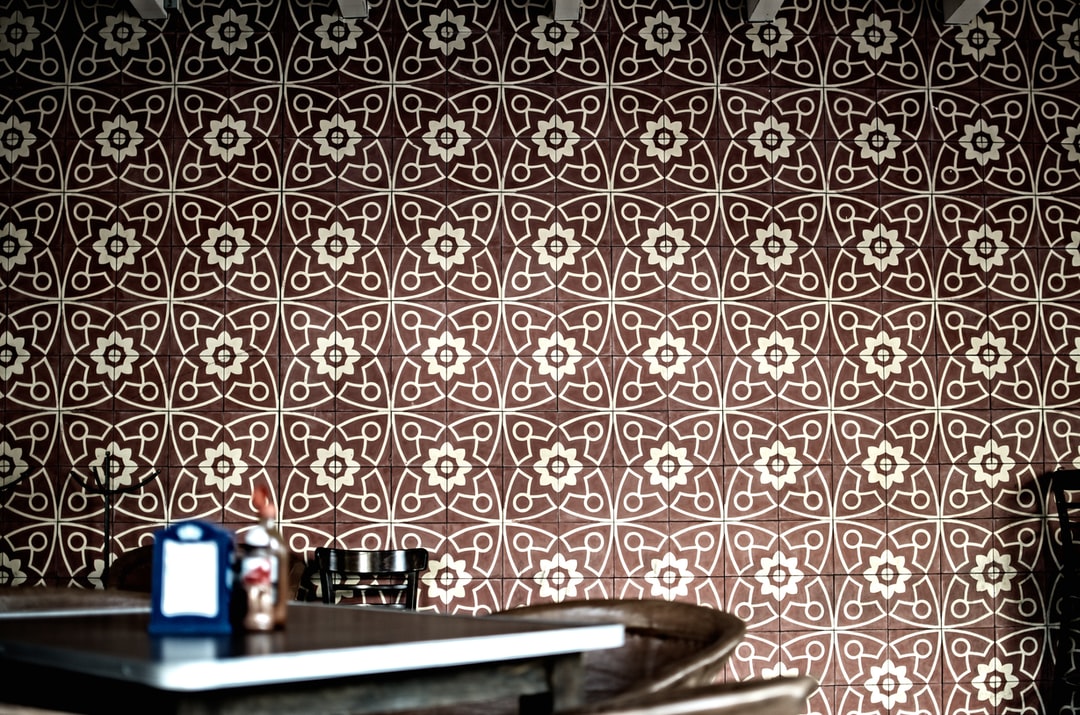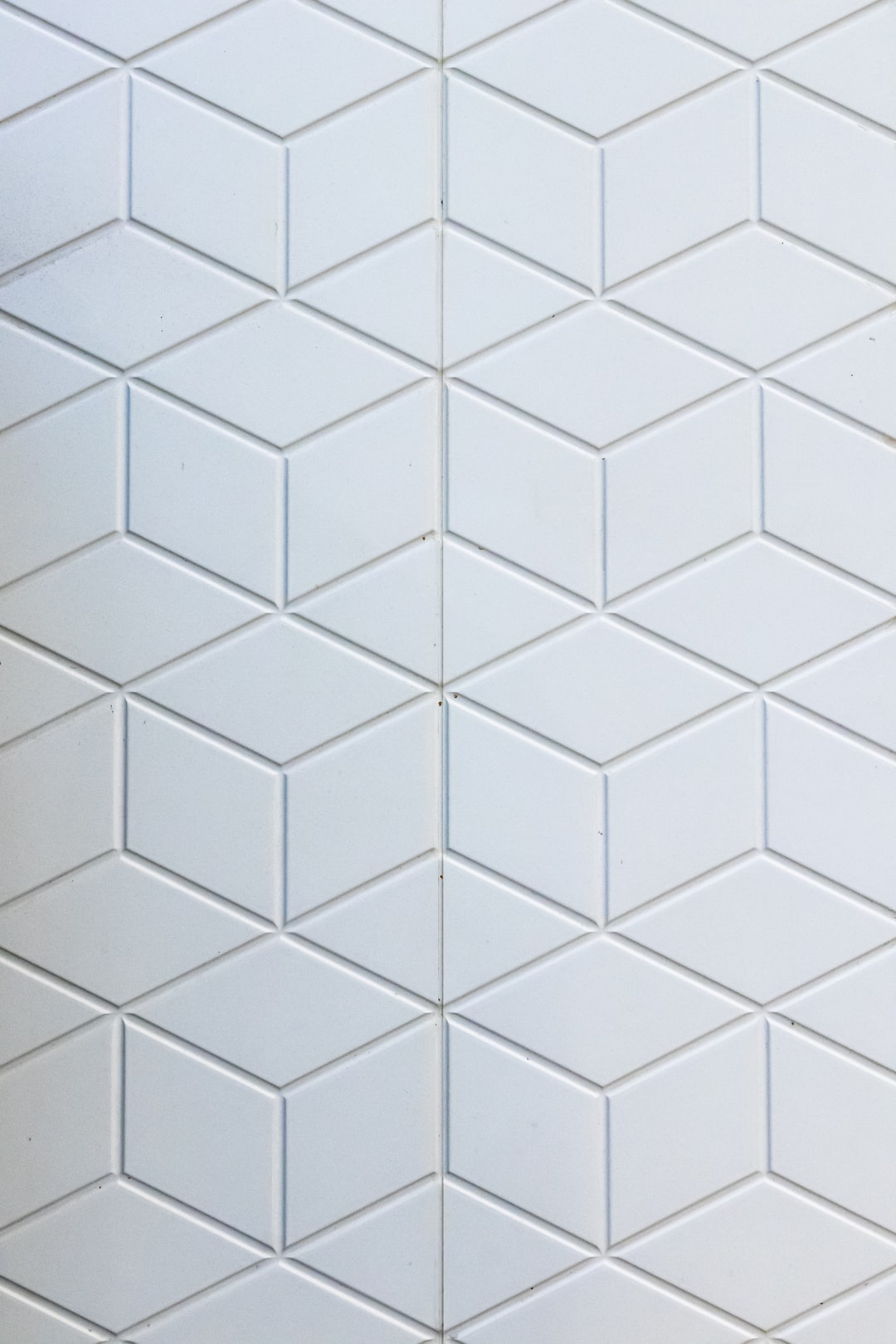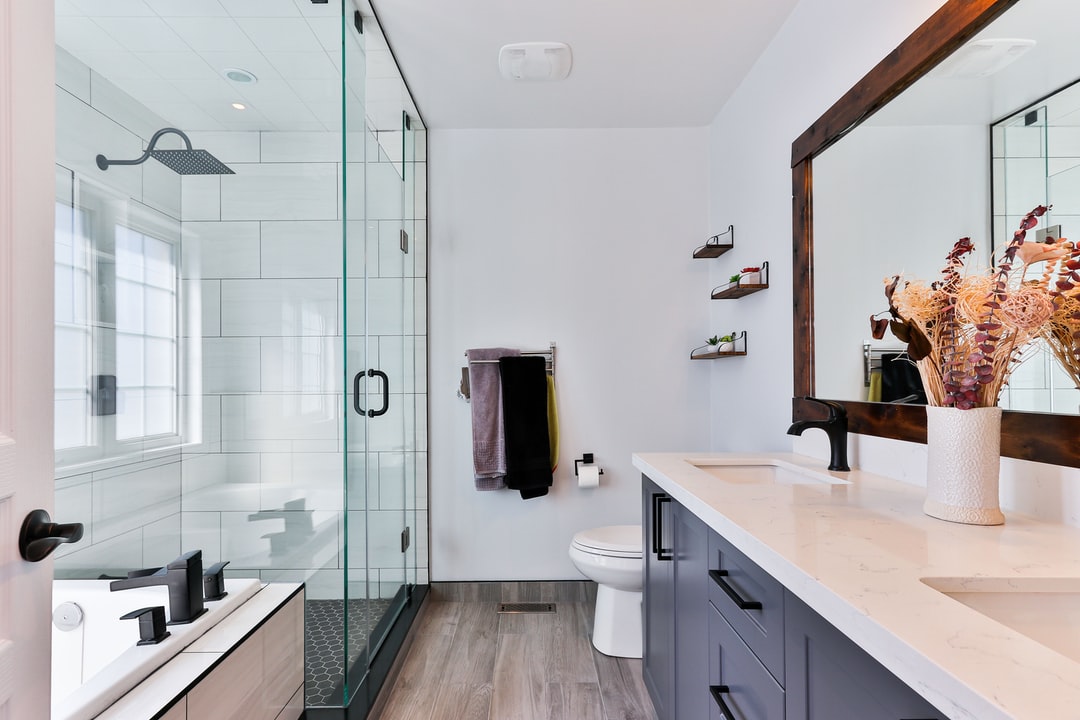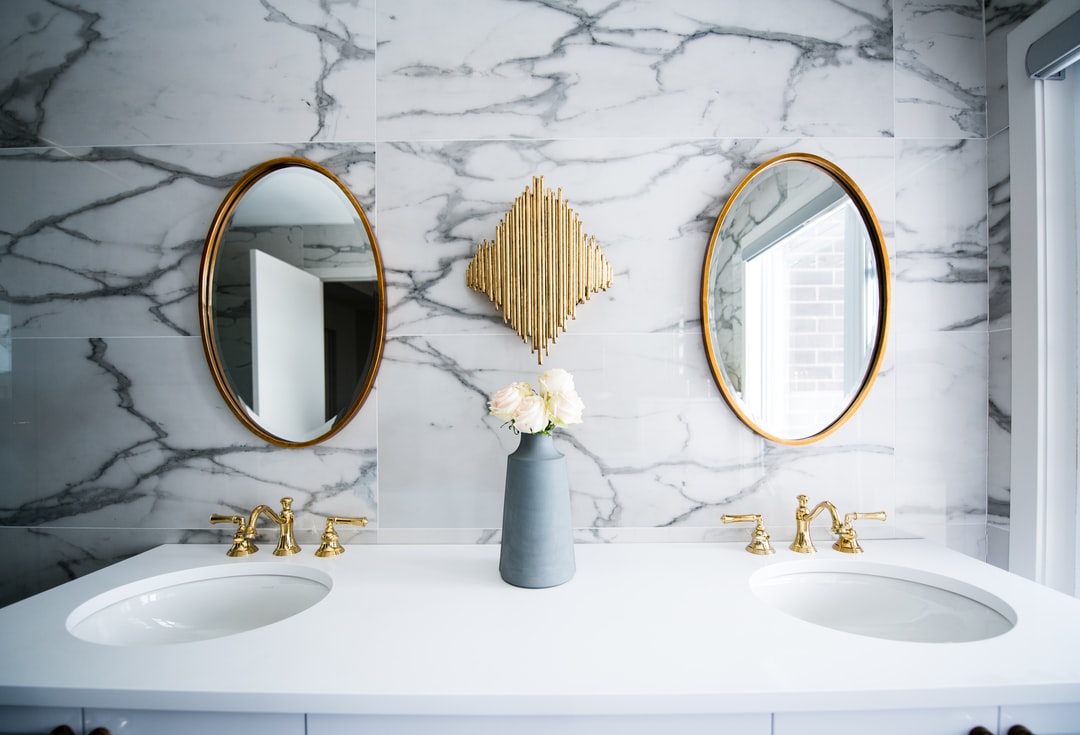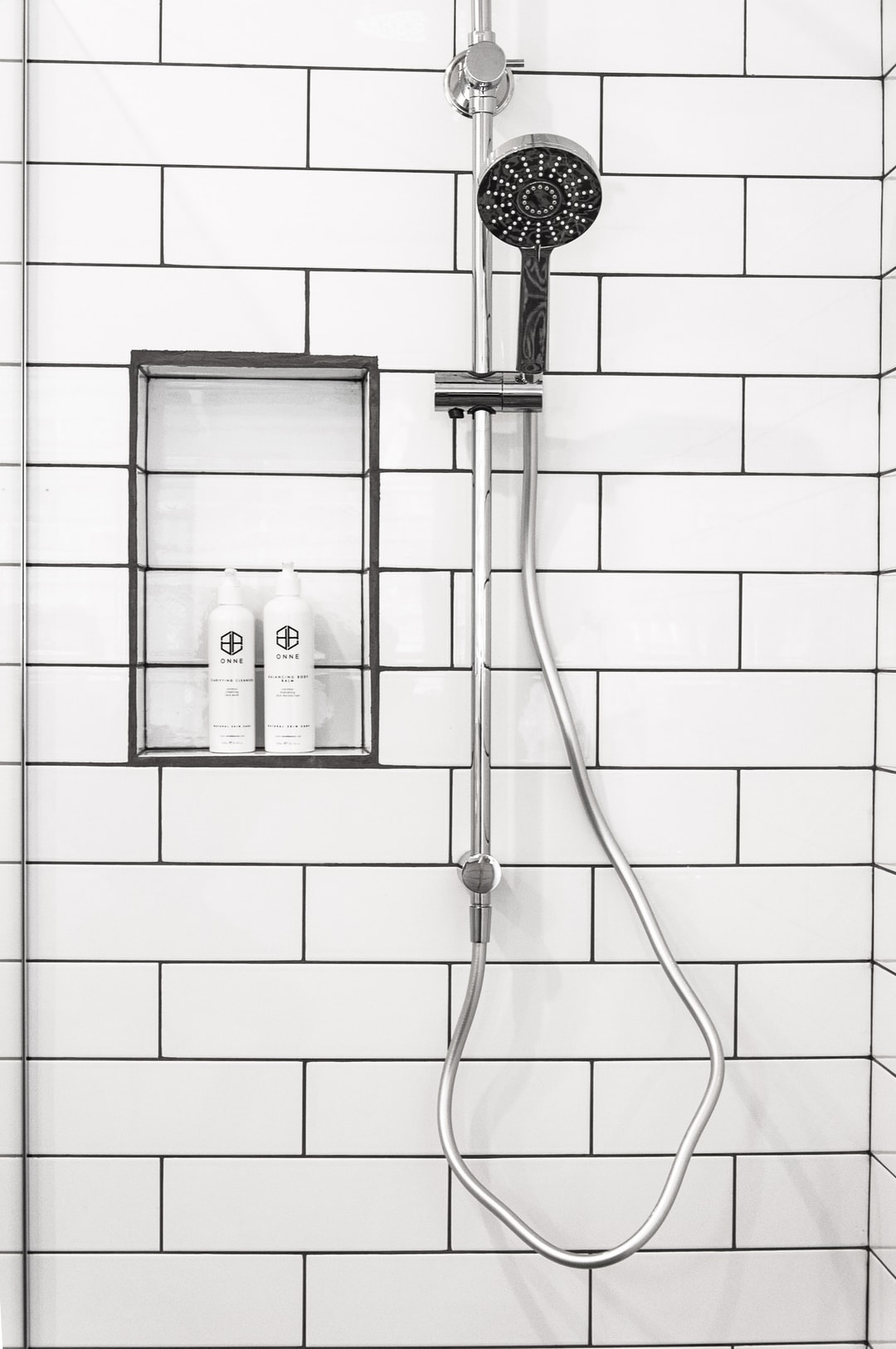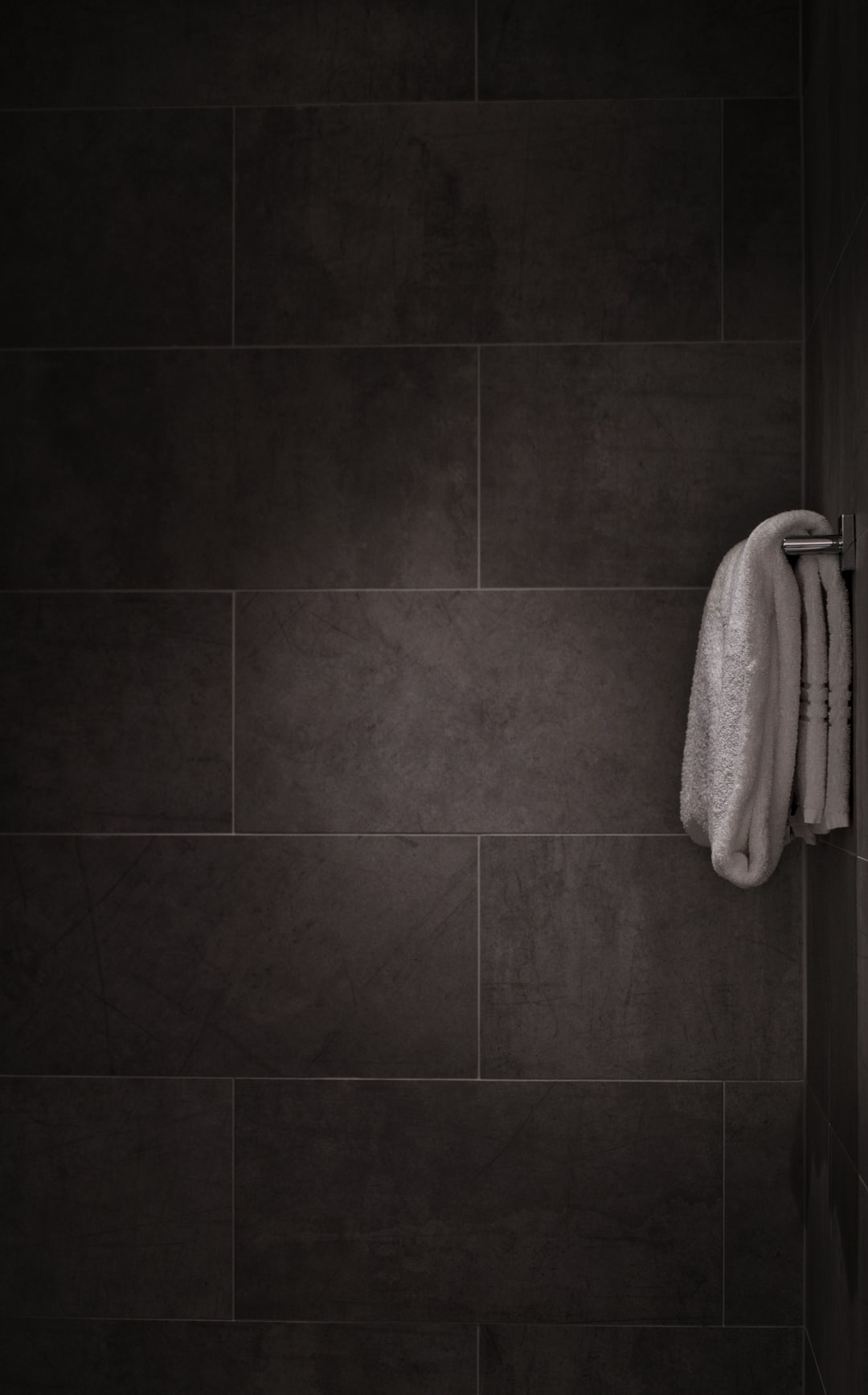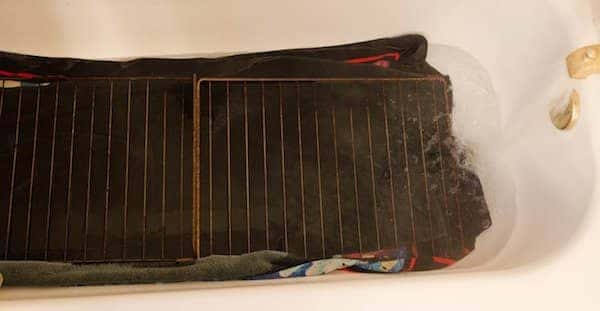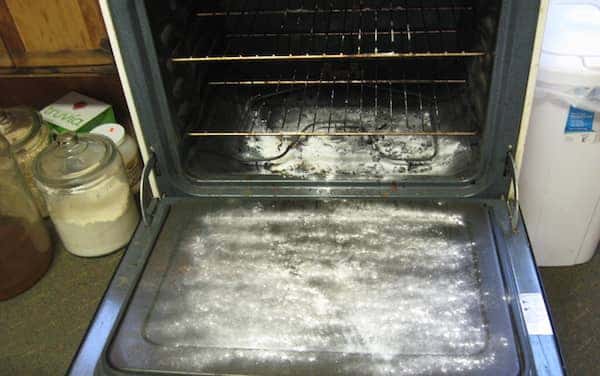The El Nino weather system is returning to Australia this summer, and the country is expecting its worst bushfire season since 2019-20. However, according to research by NRMA Insurance, only around ¼ of the Aussie population knows how to prepare for a bushfire.
Following preventive measures is crucial to your and your loved ones’ safety, given the devastating potential of bushfires that can cause catastrophic loss of life, limb, and property.
Here’s a guide to help you create your own bushfire preparedness strategy to ensure your home and family are ready for any bushfire emergency.
Step 1: Know the bushfire risk in your area
Understand the Australian Fire Danger Rating System
The Australian Fire Danger Rating System (AFDRS) is a vital tool in bushfire preparation as it helps you assess the potential danger of a fire occurring in a specific area. It also contains crucial information to aid you in making sound decisions about bushfire hazards and necessary precautionary measures.
The AFDRS levels are as follows:
- Moderate: Plan and prepare
- High: Be ready to act
- Extreme: Take action now to protect life and property
- Catastrophic: For your survival, leave bushfire-risk areas
Check your local council’s fire and safety services
It’s prudent to check your local council’s fire and safety services to see if they can help you assess how vulnerable your area is to fires.
Online assessment tools are an easy way to help you better understand the potential threats to your home and property. Here are a few helpful sites that you can check out:
- Bush Fire Household Assessment Tool – The NSW Rural Fire Service (RFS) uses this to assess your location’s bushfire risk.
- Bush Fire Prone Land Map – You can enter your address and check if your land is in a bushfire-prone area.
- Fire Near Me – Log onto the Fire Near Me website or download the app to stay up-to-date with the latest fire news from the NWS RFS.
- Bushfire At-Risk Register (BARR) – If you live around Victoria, you can check if your child’s school, kindergarten, or daycare is at risk for bushfires.
Identify bushfire hazards around your home and property
Recognising potential risks like fuel sources, vulnerable landscapes, and structural weaknesses is integral to bushfire preparedness.
Doing so helps you implement preventive measures to ensure the safety of your home and family in the face of a bushfire. Such measures include:
- Installing fire alarms
- Fortifying your property with proper roof repairs and maintenance
- Installing a gutter guard
Step 2: Develop a bushfire survival plan
Decide whether to stay and defend or leave early
Every emergency plan needs to be well-thought-out. The choice between staying or leaving will ultimately depend on your and your family’s ability to defend the property against an encroaching fire effectively:
- If staying to defend, know your bushfire action plan
When a bushfire occurs, you and your family must create a plan with a clear set of steps to take in the event of a fire, such as monitoring updates, safeguarding vulnerable areas, and having necessary firefighting equipment.
- If leaving early, plan your evacuation route and destination
It’s essential to identify the safest and quickest routes to escape the affected area and pinpoint designated evacuation centres or secure locations to seek refuge with friends or family not affected by the bushfire.
Practice your bushfire survival plan with your family and household
Practice makes perfect. But in this case, practice means better chances of securing the safety of your home and family. Regular drills and simulations help to familiarise everyone with the necessary protocols of bushfire preparedness and ensure you can act swiftly during a real emergency.
Step 3: Bushfire-proof your home and property
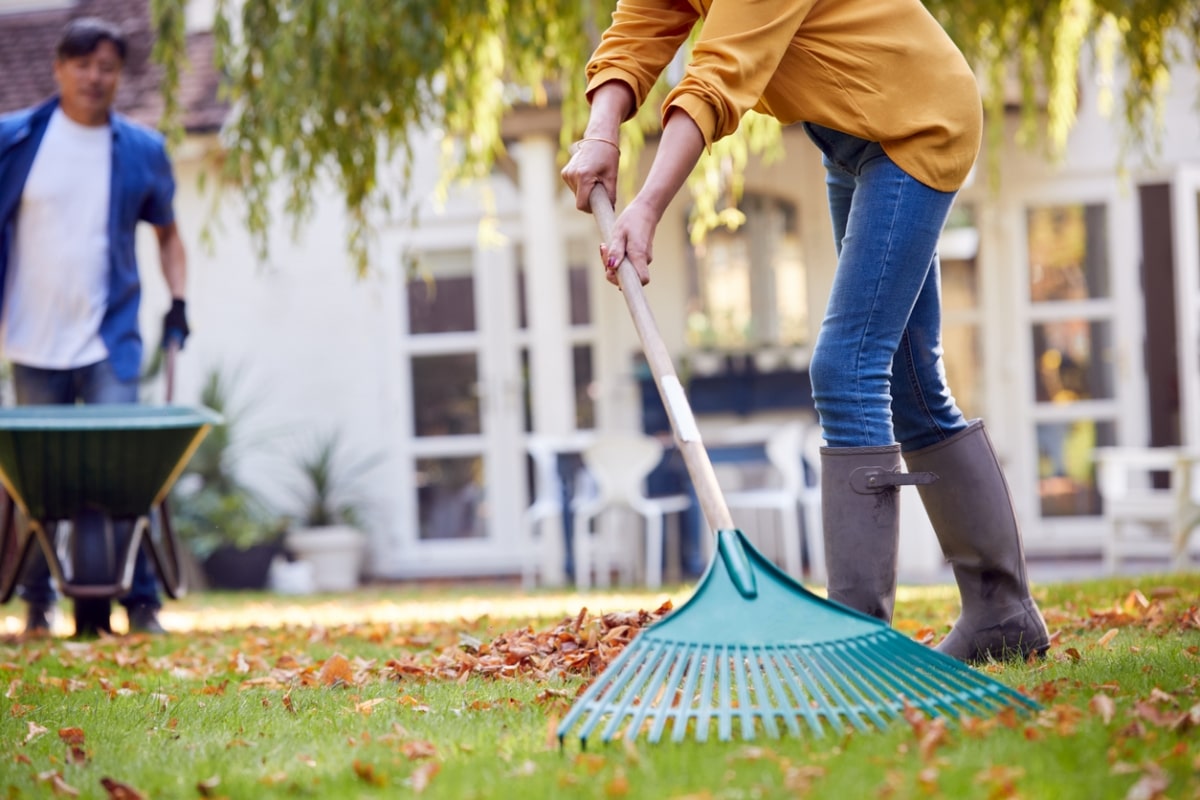
Being prepared for an emergency is always better than scrambling to escape. Here are a few things that you can do to bushfire-proof your house:
Observe regular home maintenance
Proper maintenance can go a long way when it comes to protecting your home:
- Regularly clean your gutters, roof, and downpipes for leaves and other flammable debris.
- Mow your grass in both your front and back yard regularly. Be sure to cut grass, rake fallen leaves, and dispose of them immediately.
- Clear any flammable materials around your home and yard, such as wood stacks, paper materials, containers, hanging baskets, and outdoor furniture.
- Avoid discarding tree loppings, grass clippings, and other materials that could aid a fire on your property, council reserves, or bushland.
- Ensure your garden hoses are long enough to reach your property’s perimeter boundary or at least 1000 meters.
- Trim or prune low-lying branches from any trees around your property, at least two meters from the ground.
- Keep a sufficient water supply in store for emergencies, preferably through a water tank.
- Ensure you have all the necessary tools, such as rakes, shovels, buckets, and mops.
- Keep protective clothing such as fireproof boots, eye protection goggles, and fire masks in an accessible area for everyone at home.
Install permanent safeguards on your home
Aside from regular maintenance, installing permanent safeguards can help bushfire-proof your home:
- Install ember guards on your roof vents and chimneys.
- Place fine steel wire mesh screens on your windows, doors, vents and weep holes.
- Fit metal screens on your windows and doors, and avoid plastic ones.
- Enclose open spaces under your decks and floors.
- Make sure to seal all gaps in the external roof and wall cladding.
- Plant trees or shrubs with low oil content. They’re less likely to ignite in a fire.
- If you have a pool, dam or water tank, install a Static Water Supply (SWS) sign on your property for firefighters to get a water source during an emergency.
Step 4: Prepare your emergency kit
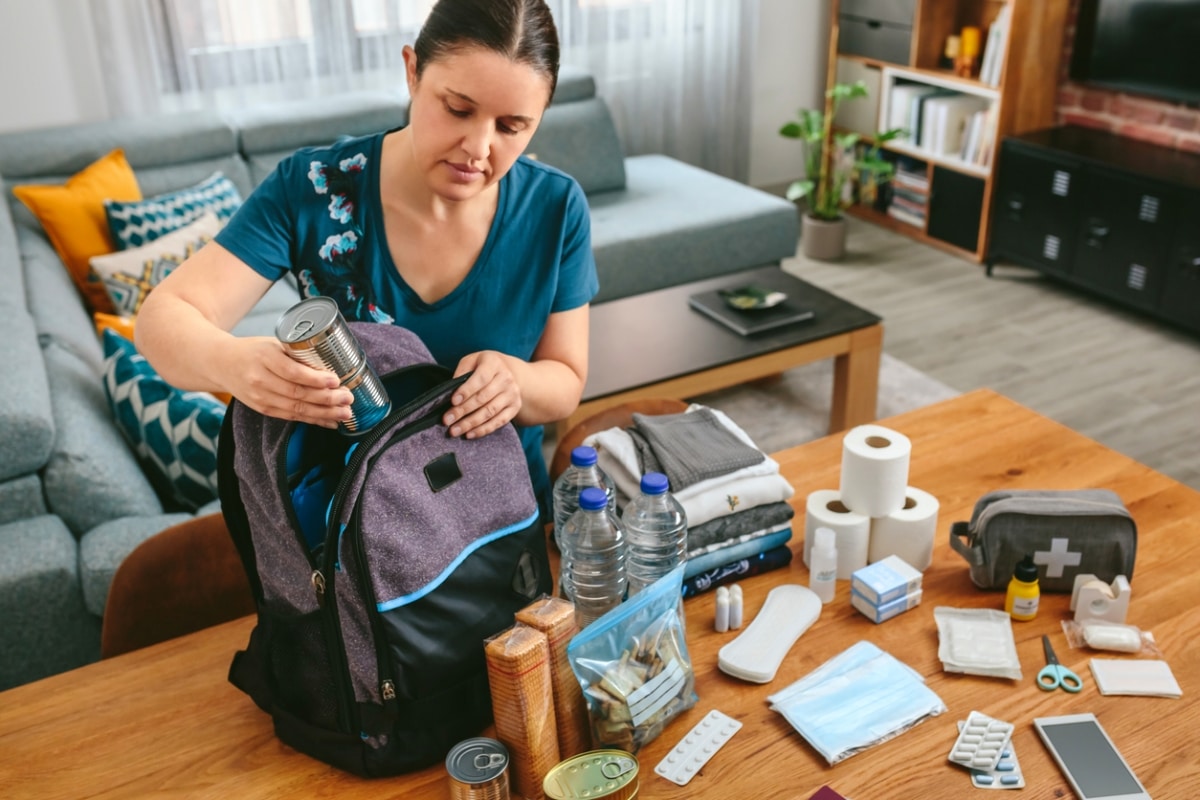
It’s never a good idea to evacuate your home empty-handed or worry about leaving things behind. Not only an emergency kit is essential, but should you lose your home to a fire, you have everything of value on hand.
Here are a few tips:
- Store your emergency kit in a safe and accessible place.
- Pack your emergency essentials, such as:
- Non-perishable food and potable water
- Medication
- Important documents
- Personal hygiene items
- Clothing
- Ready pet carriers for each of your pets
Step 5: Know what to do during and after a bushfire

We all know planning for an emergency does not compare to actually being in one. If you find out there’s a bushfire that’s heading towards your home, here’s what you should do:
- It’s easier said than done but stay calm.
- Follow your bushfire action plan and the instructions from emergency services.
- Immediately close your windows, doors, and vents.
- Soak any towels and rugs, then lay them across external doorways, windows, and vents.
- Fill your sinks, baths, buckets, and bins with water.
- Keep your pets in one room and ensure they are ready for transport.
- If you have a roof access hole, put a ladder underneath so you can quickly check for spot fires from your roof.
- Move your furniture away from the windows.
- Turn off your gas mains.
- Move flammable items away from your house.
- Block your drain pipes with sacks of sand, and fill your gutters with water.
- Drink plenty of water to avoid dehydration.
- Patrol your home and property to put out any embers or spot fires.
- Spray water on the sides of your home and roof using your garden hose. Also, wet your garden and any wooden decks near or beside your property.
- Move any firefighting equipment inside so it won’t burn.
- If you can no longer defend your home or plan to evacuate, be aware of the dangers of smoke, embers, falling trees and power lines as you escape.
Prep for bushfire season with Airtasker
Considering how easily bushfires can start and spread, it’s in your best interest to learn how to prepare for one.
If you need advice or help with any preparation tips discussed above, Airtasker is ready to assist you. From risk assessment and evacuation planning to safeguarding your property, Taskers can offer comprehensive solutions to help prevent bushfires from destroying your home.
Remember, when it comes to the safety and security of your home and family, it’s always best not to leave things to chance. Stay safe!




